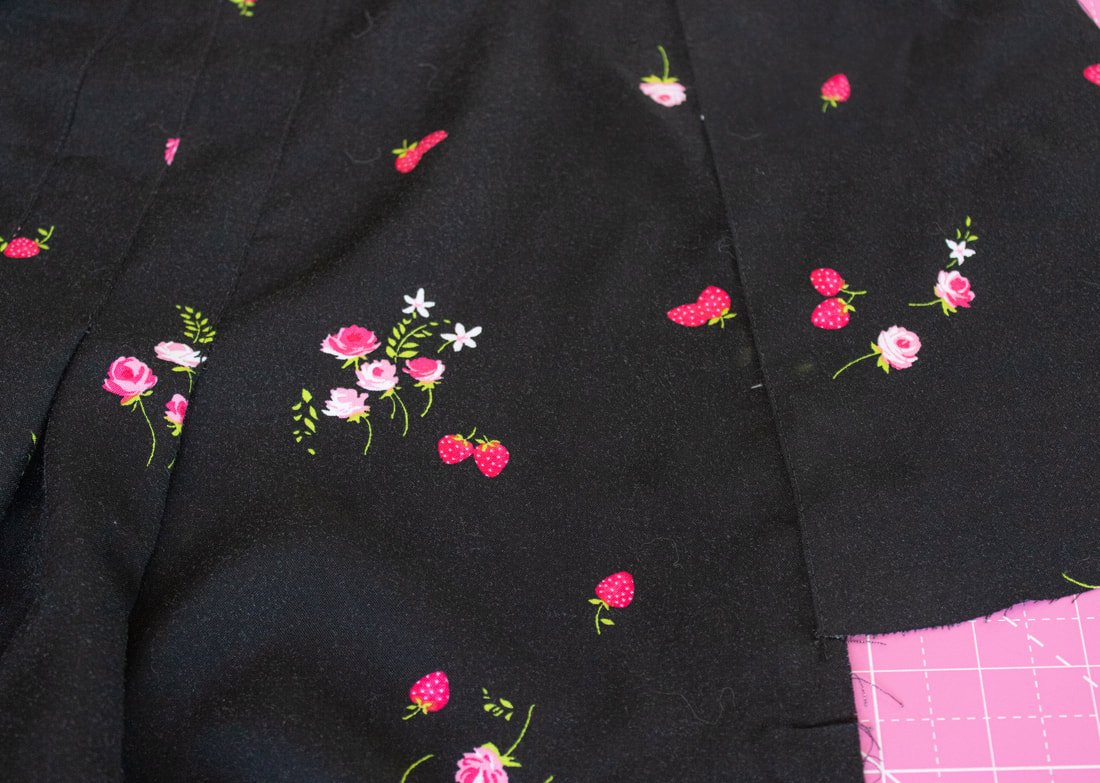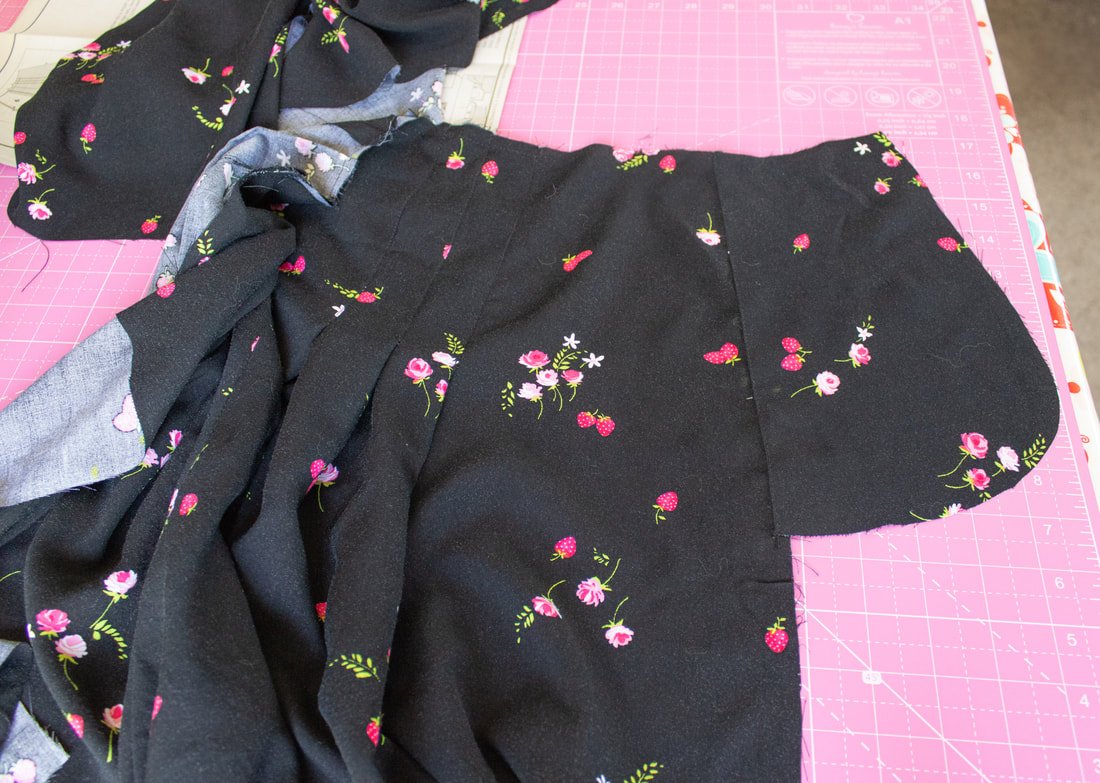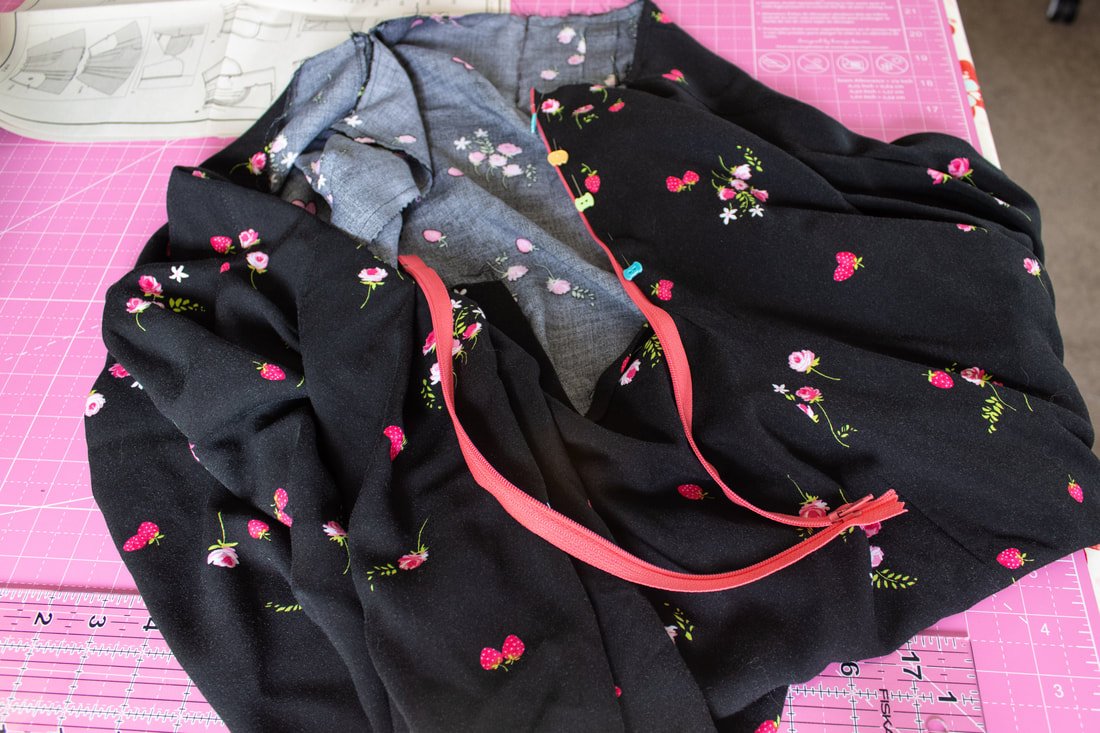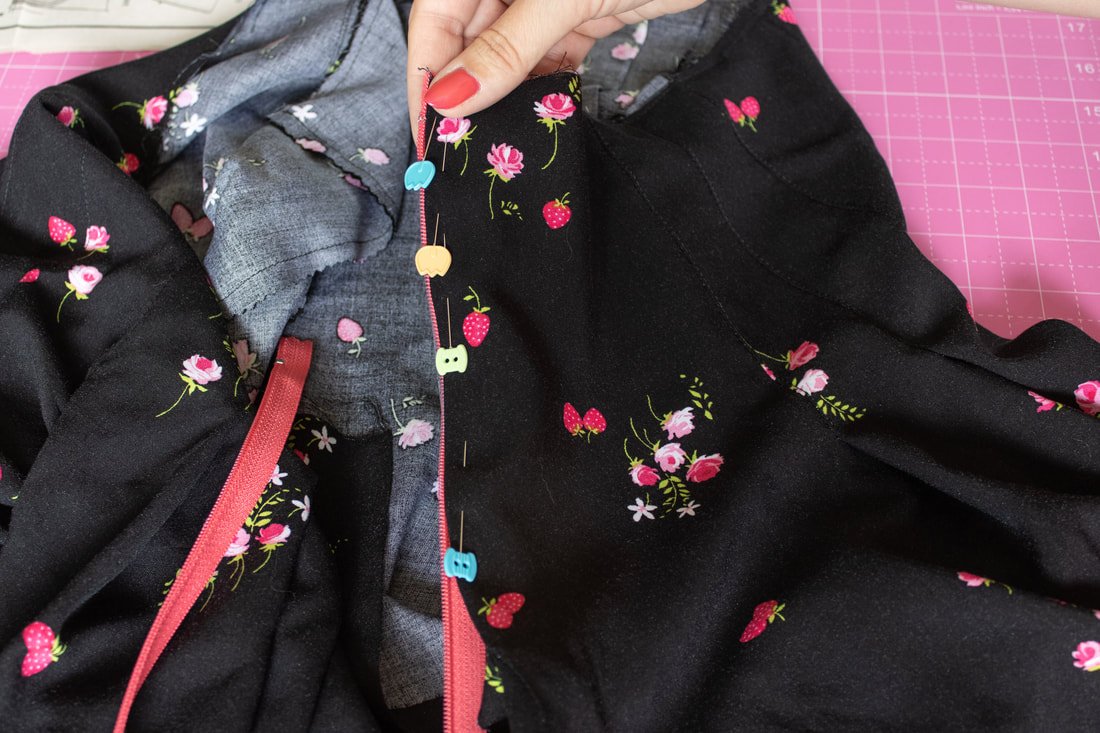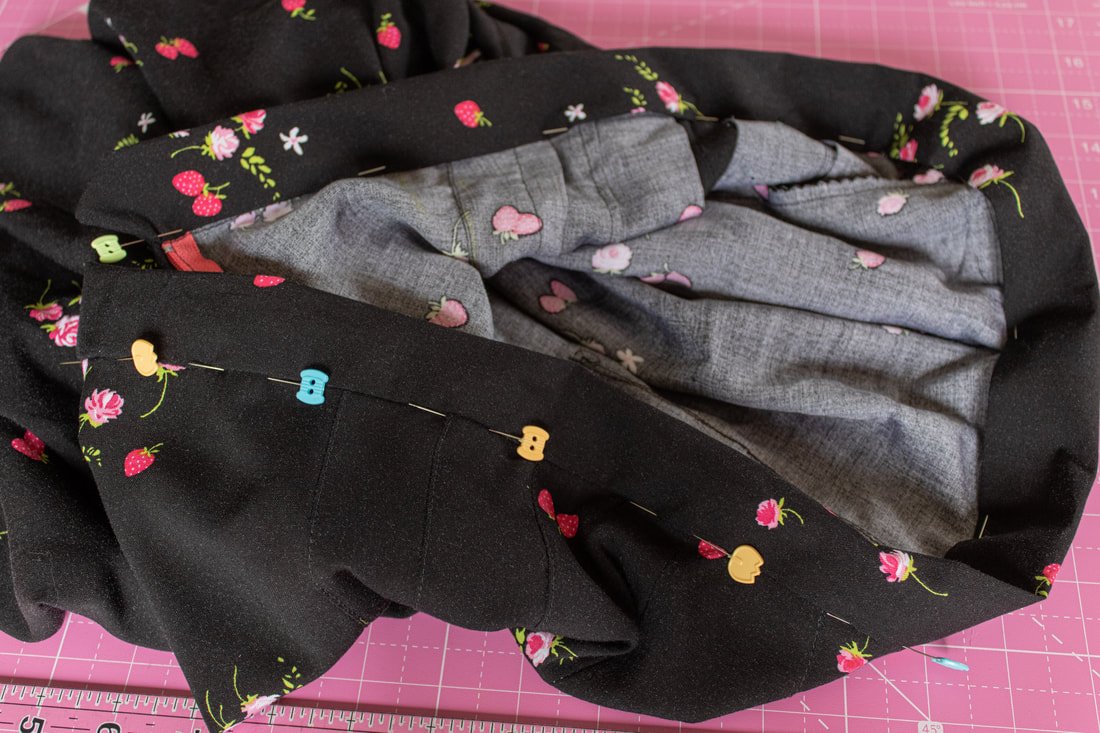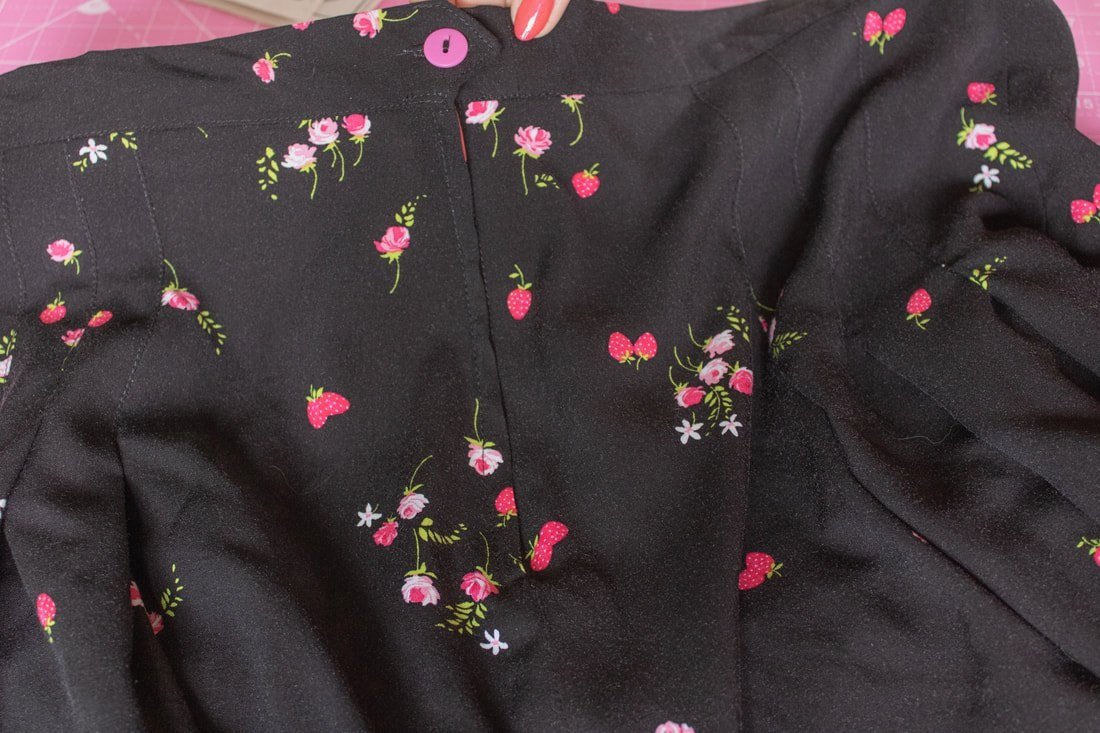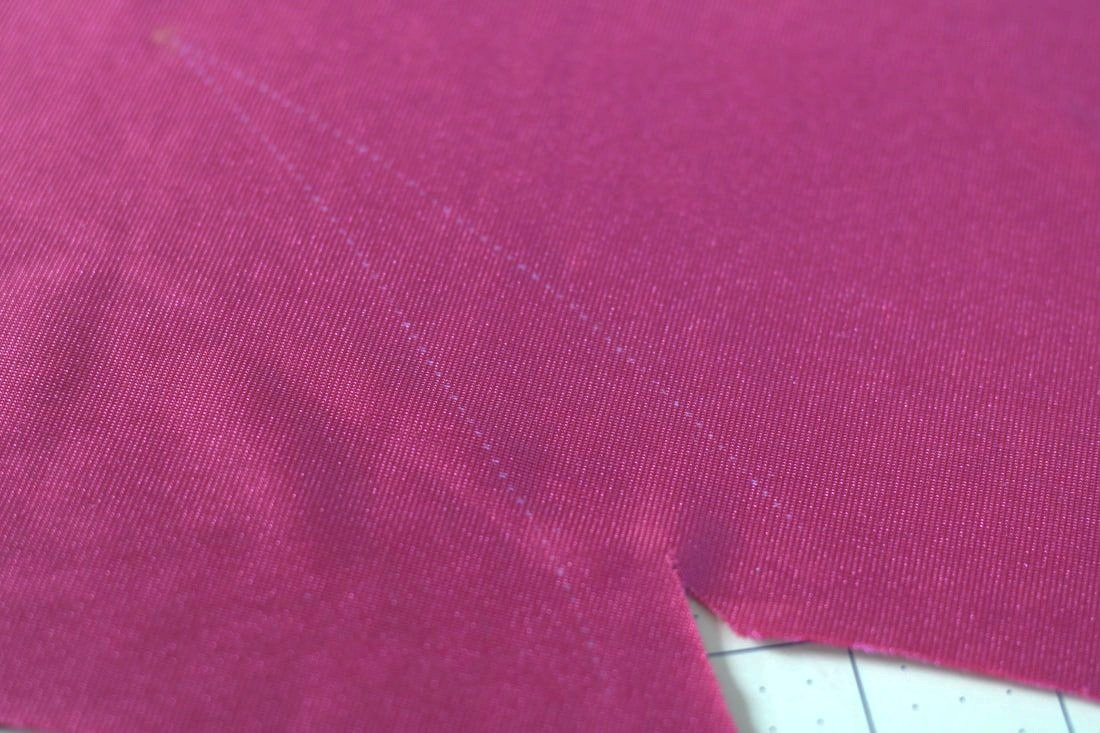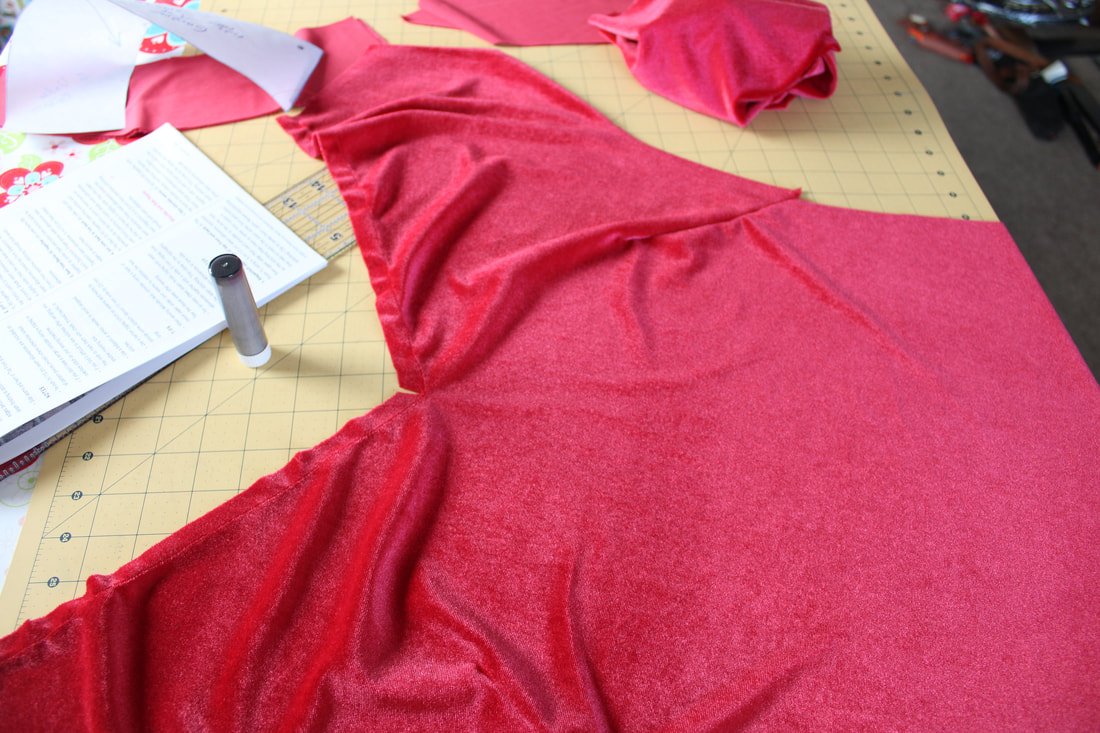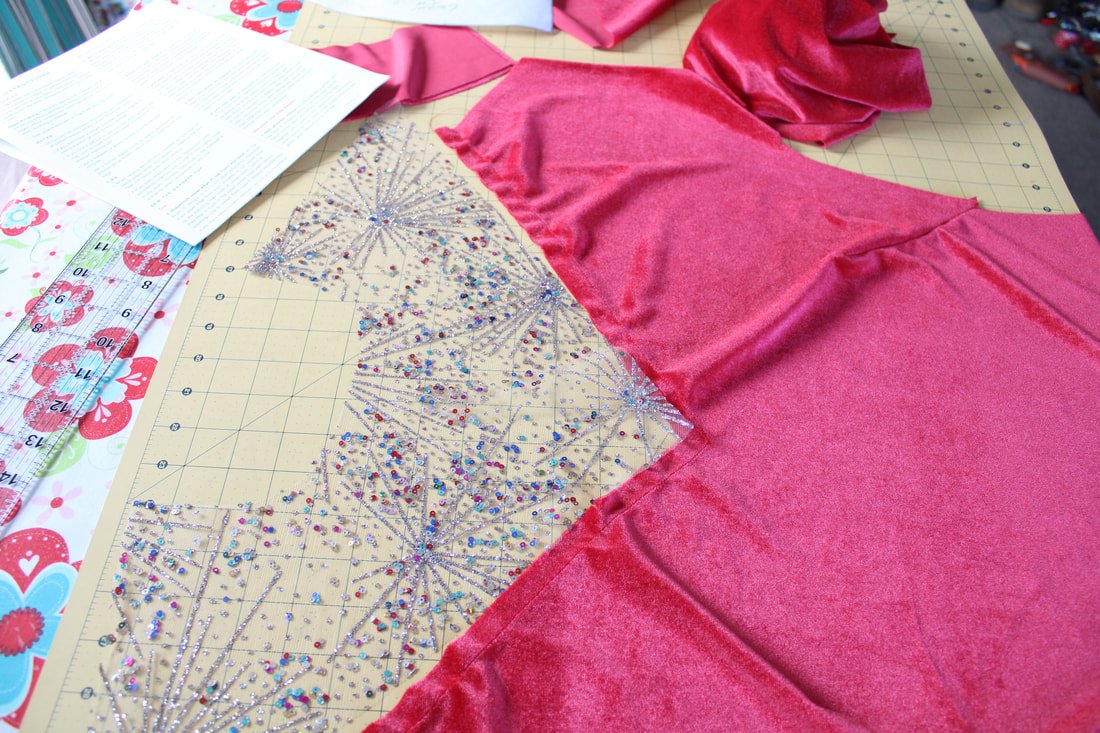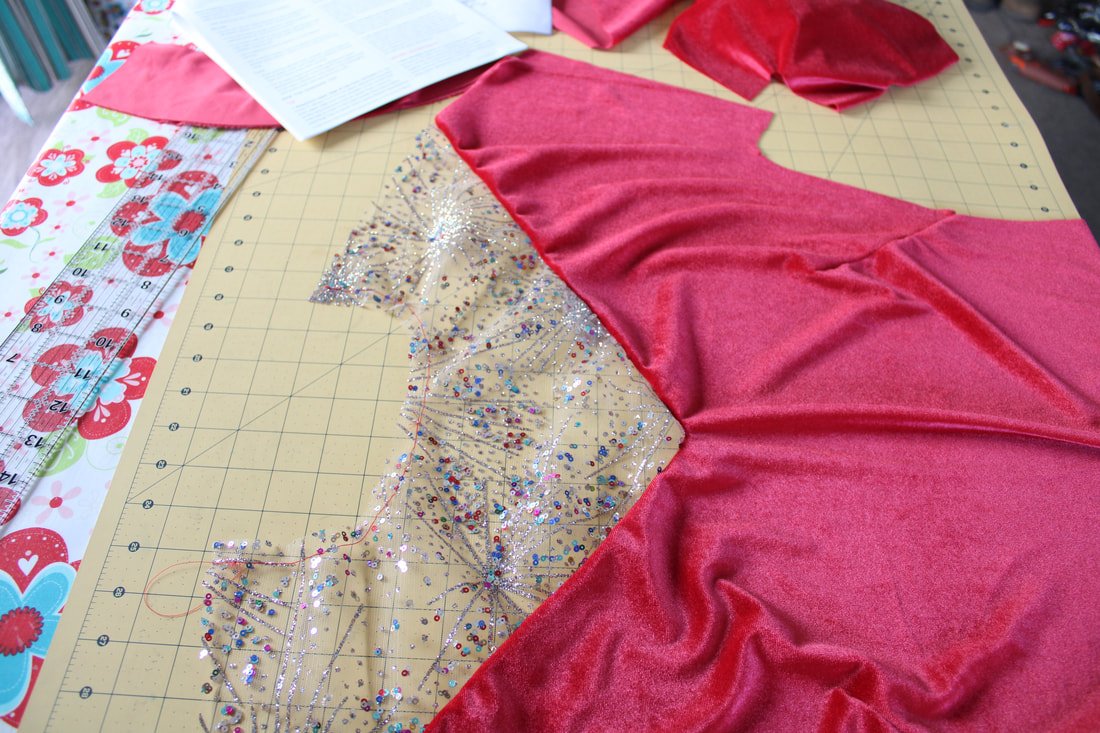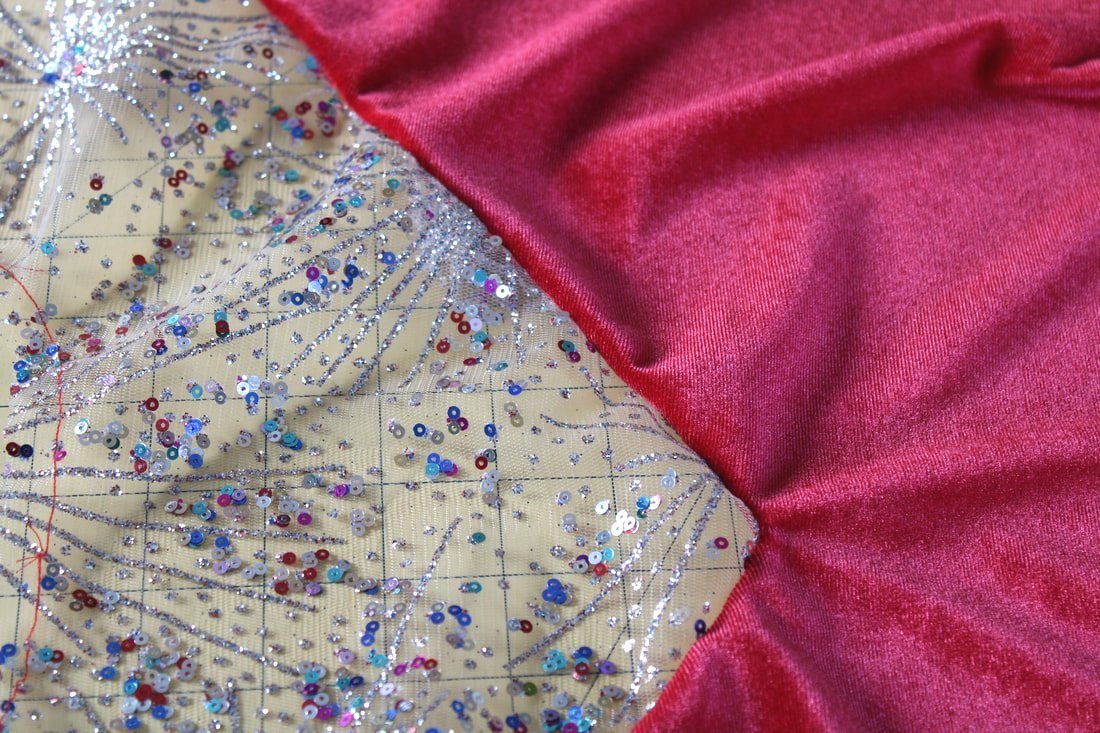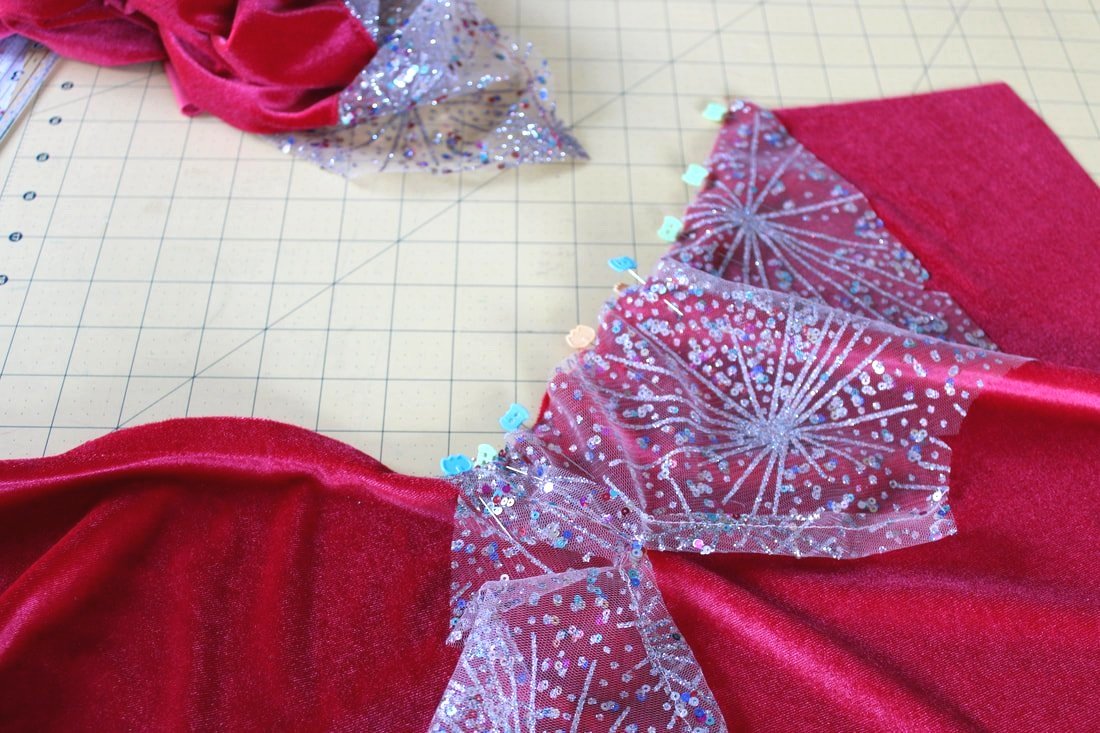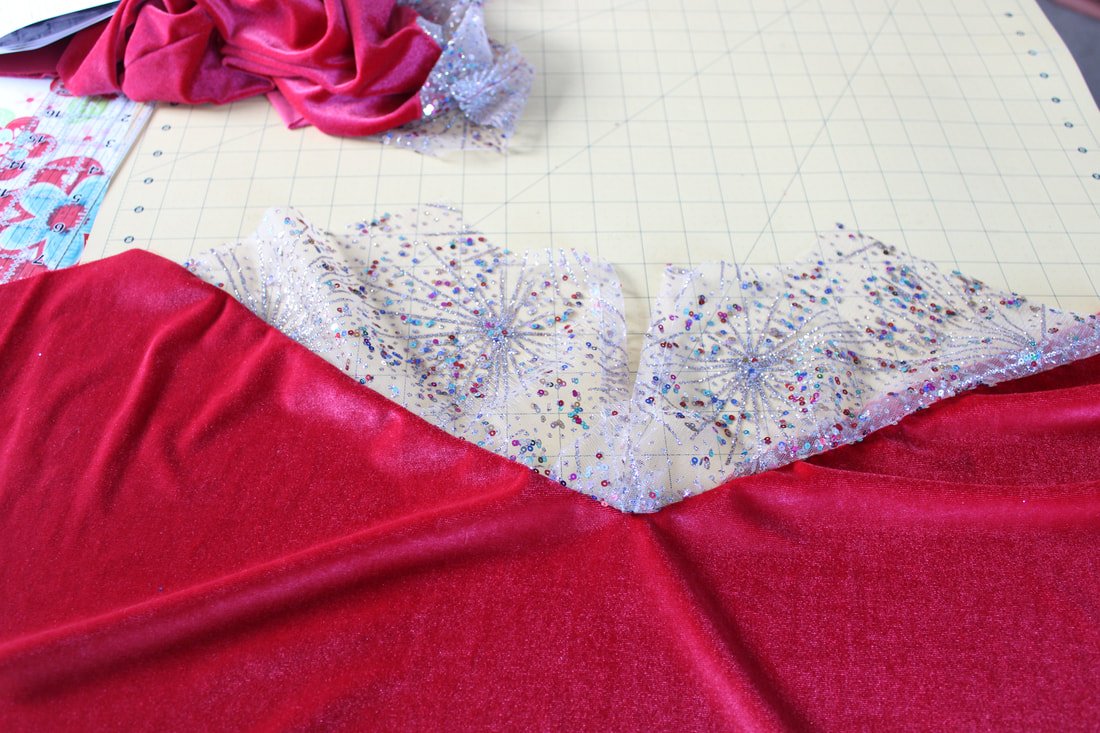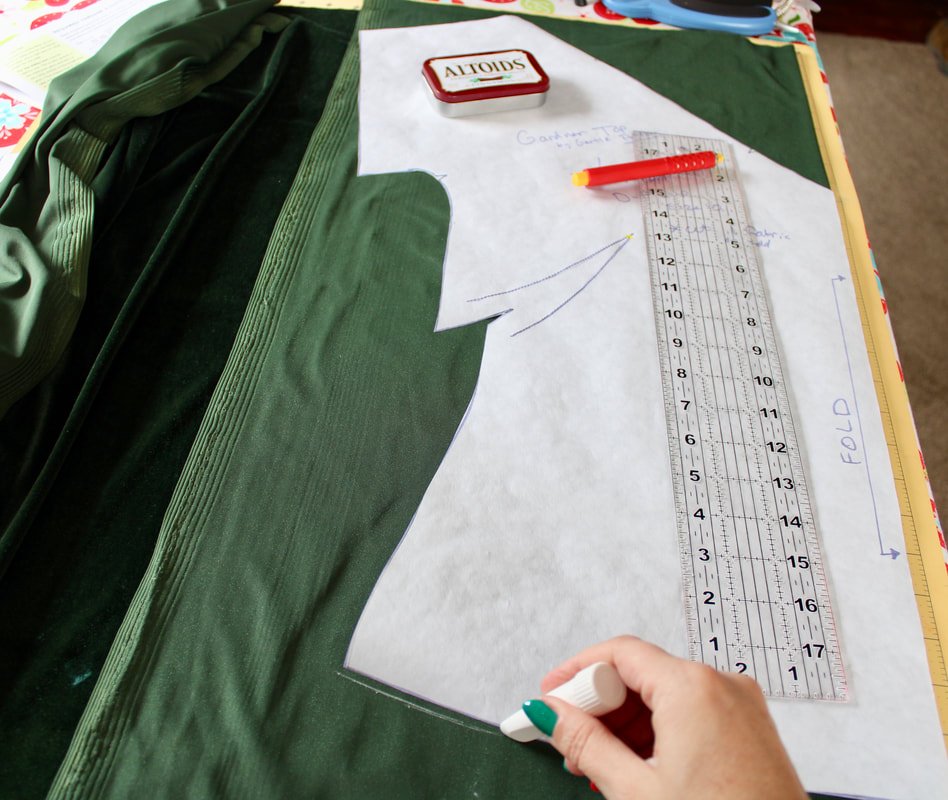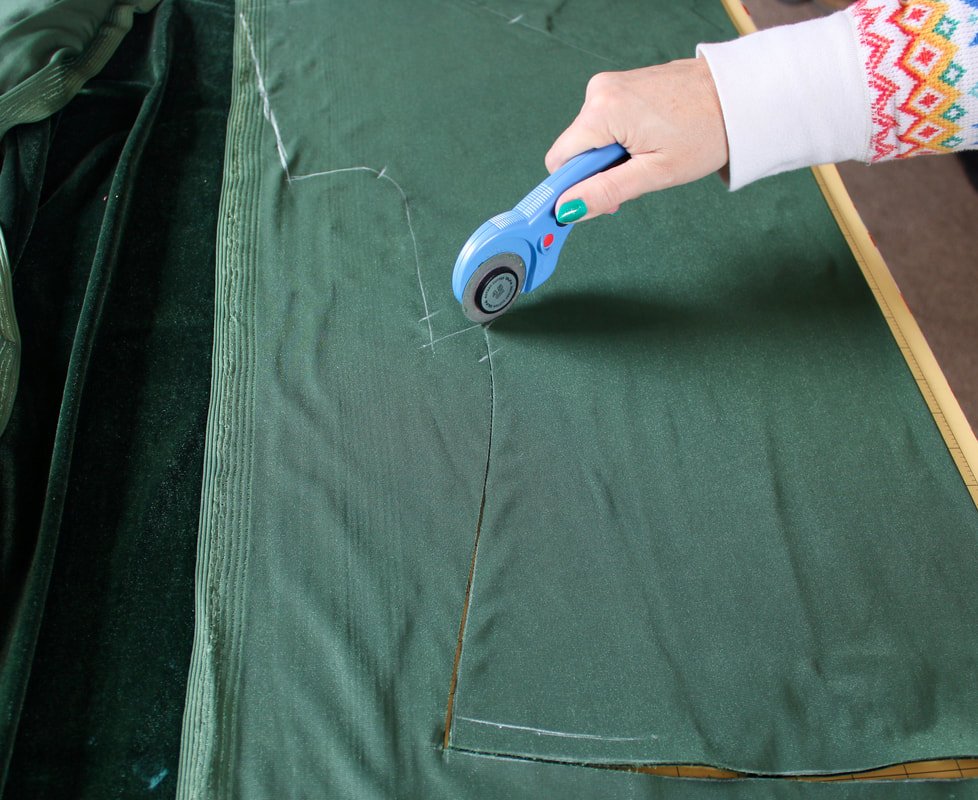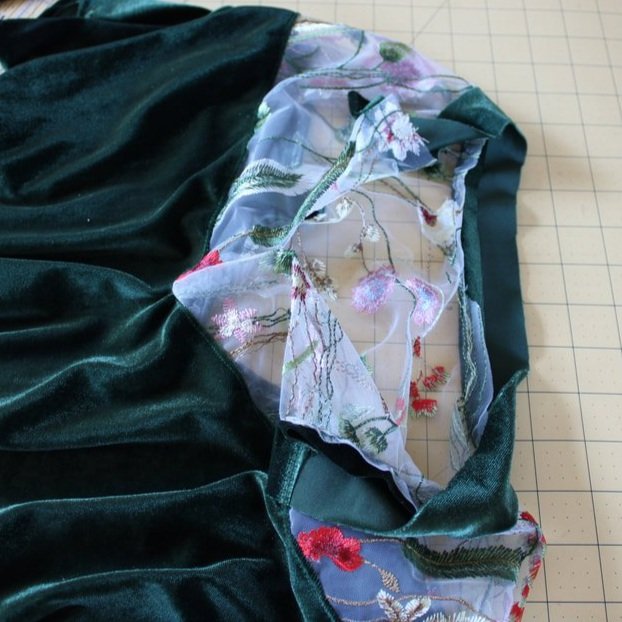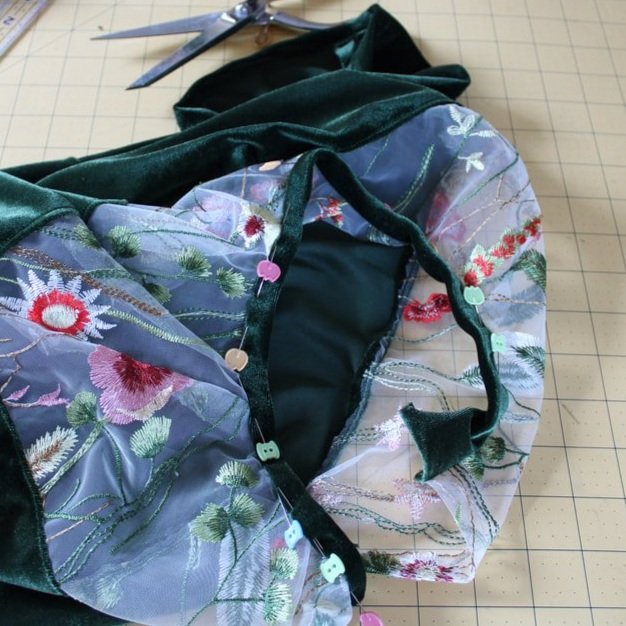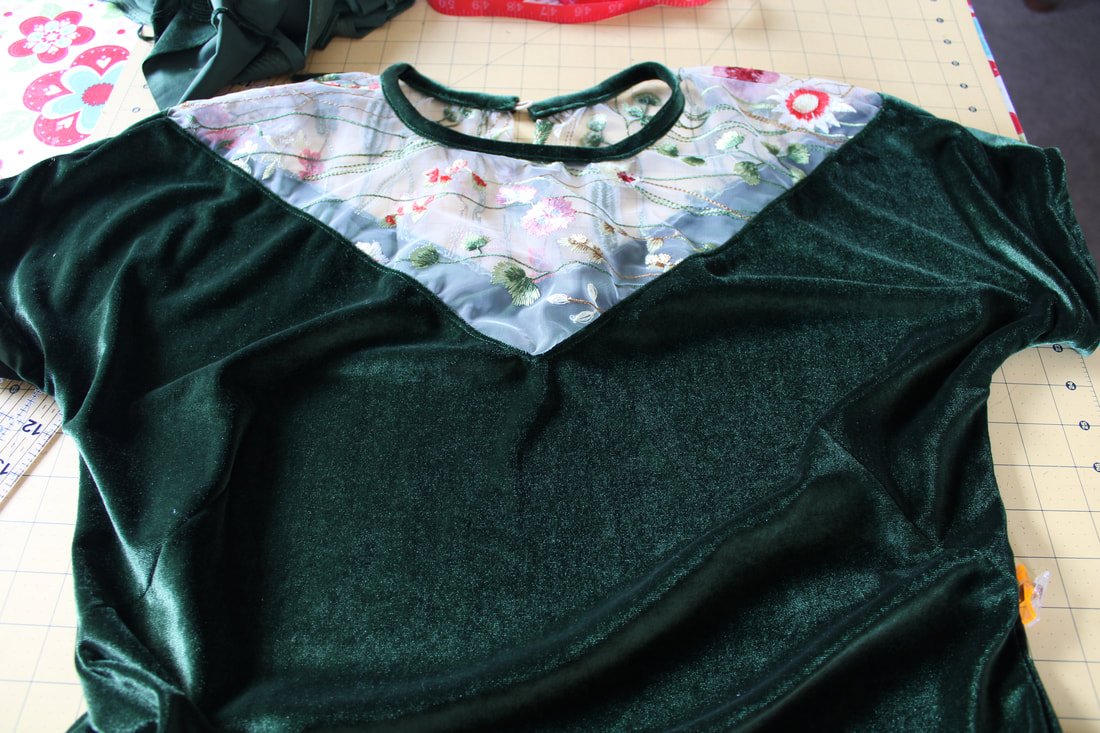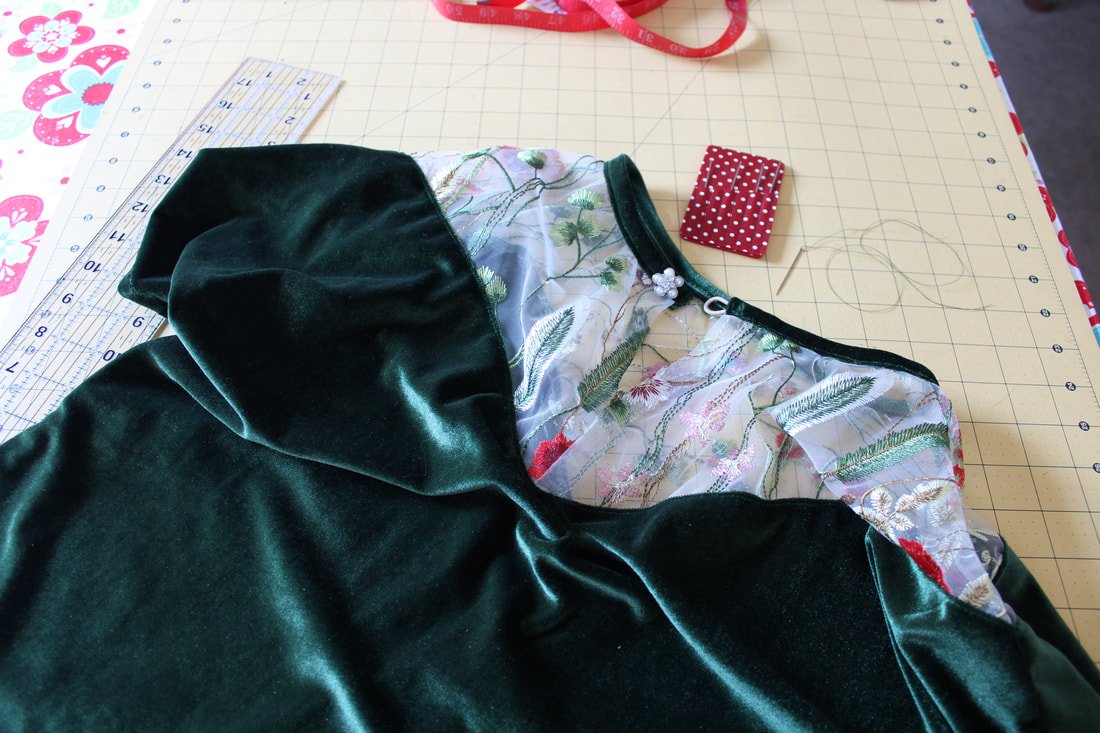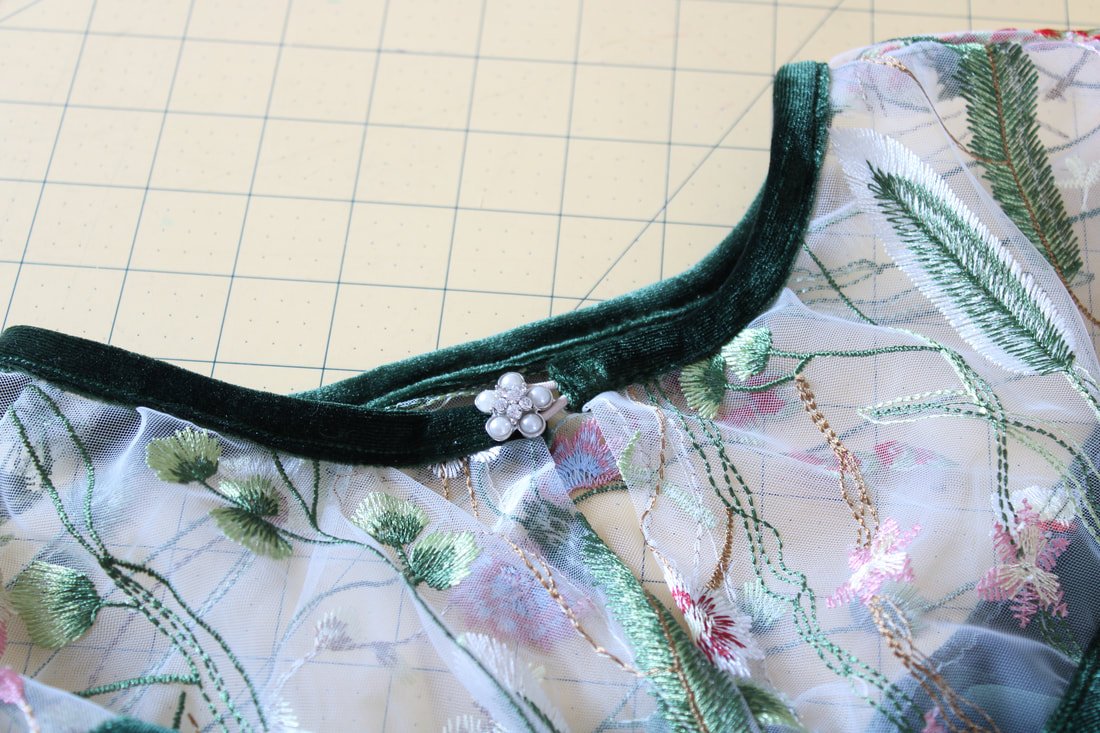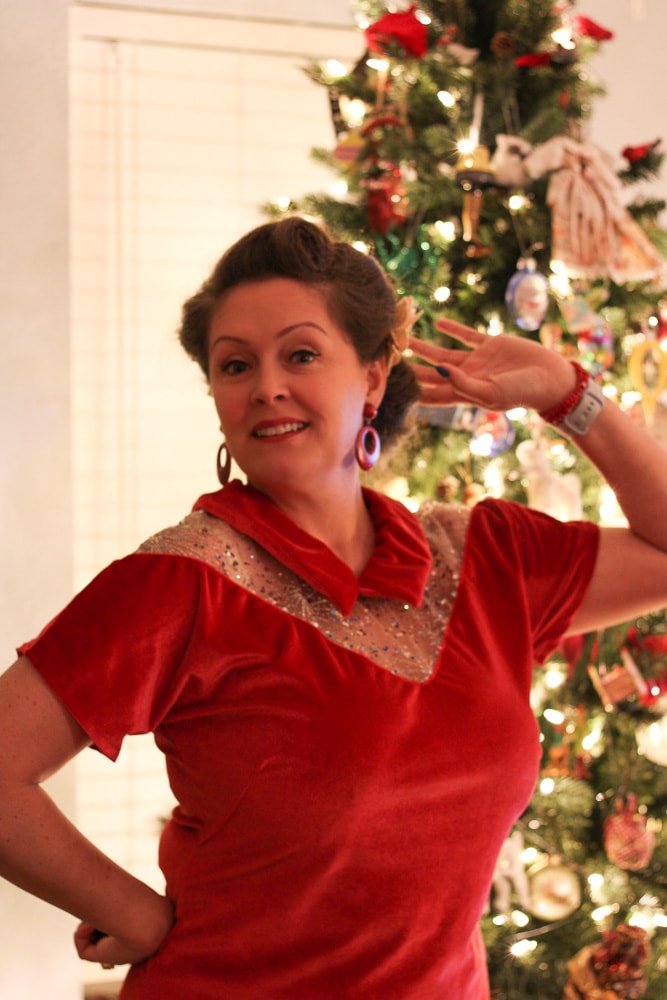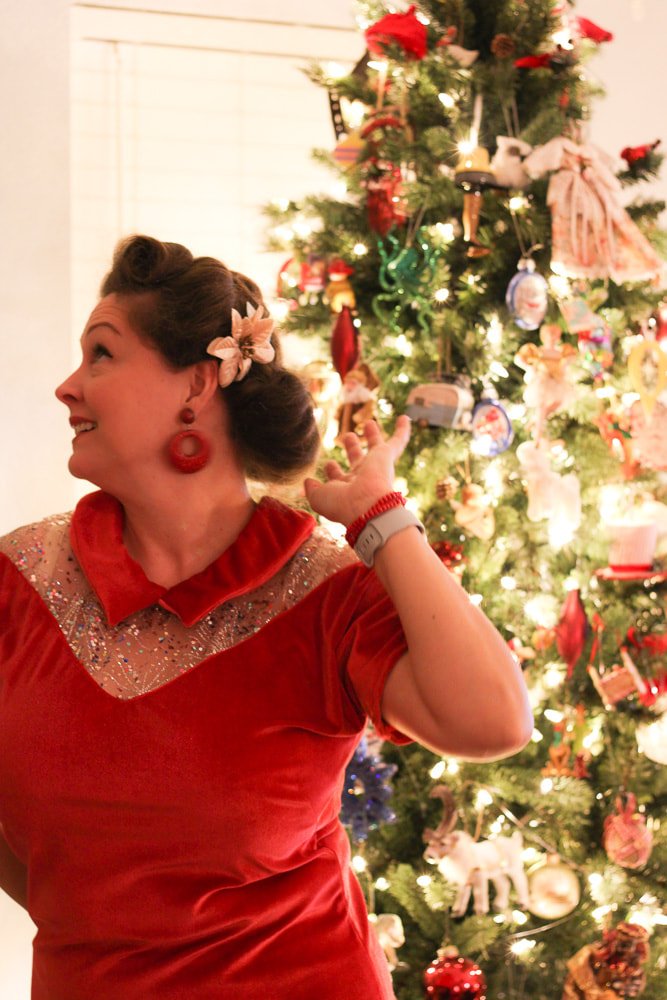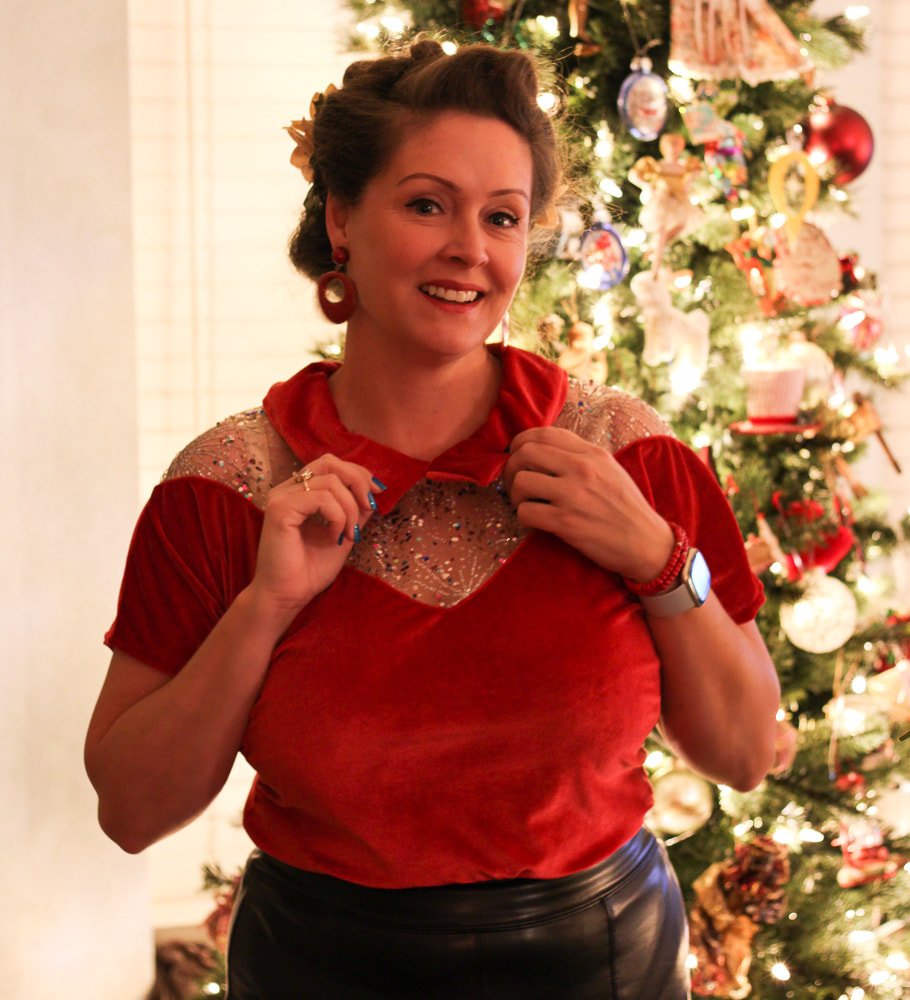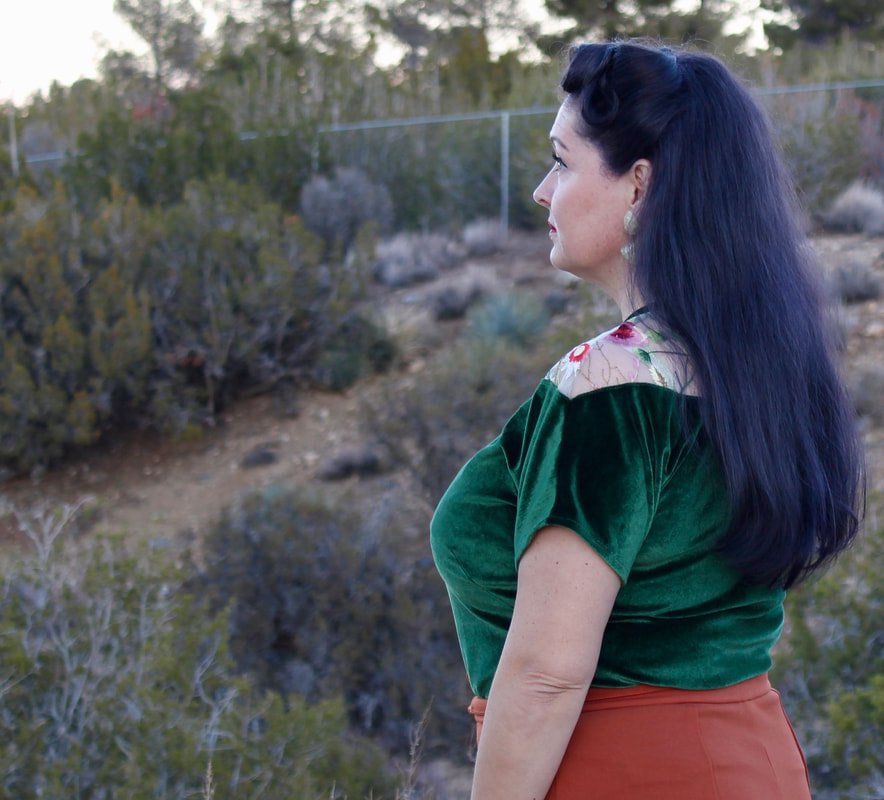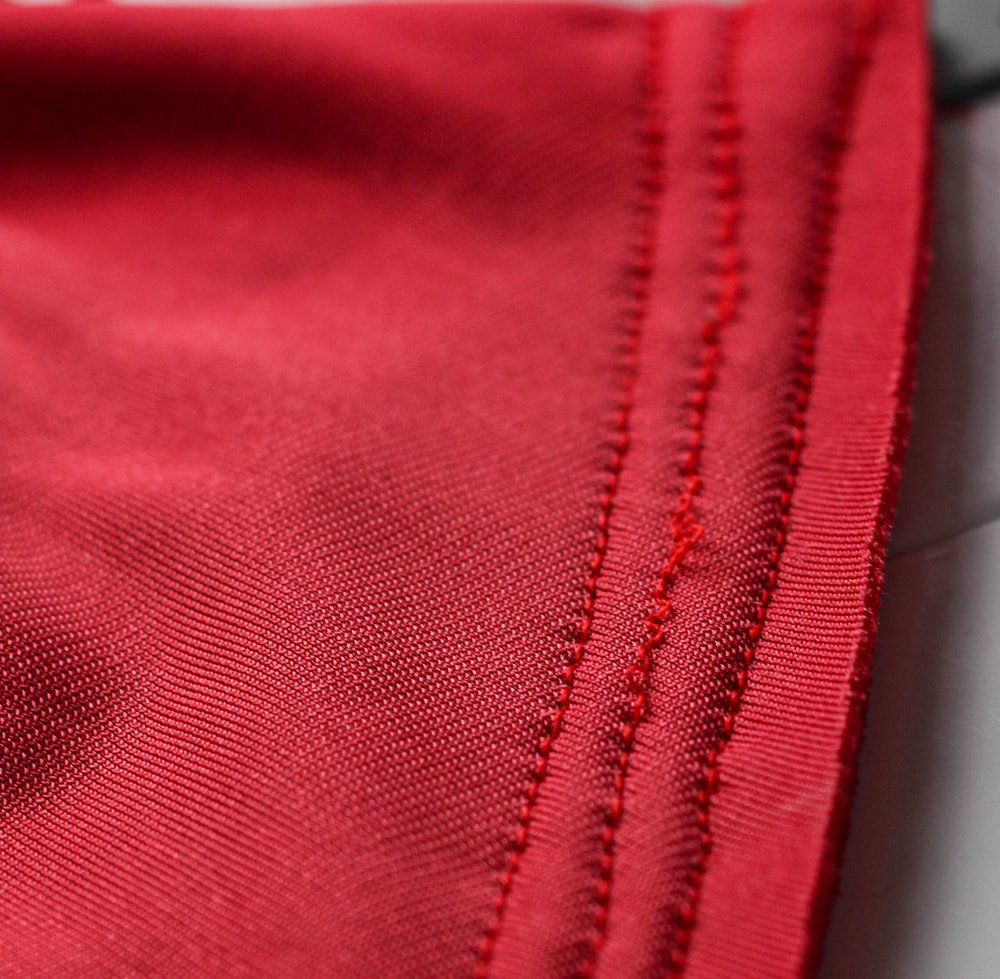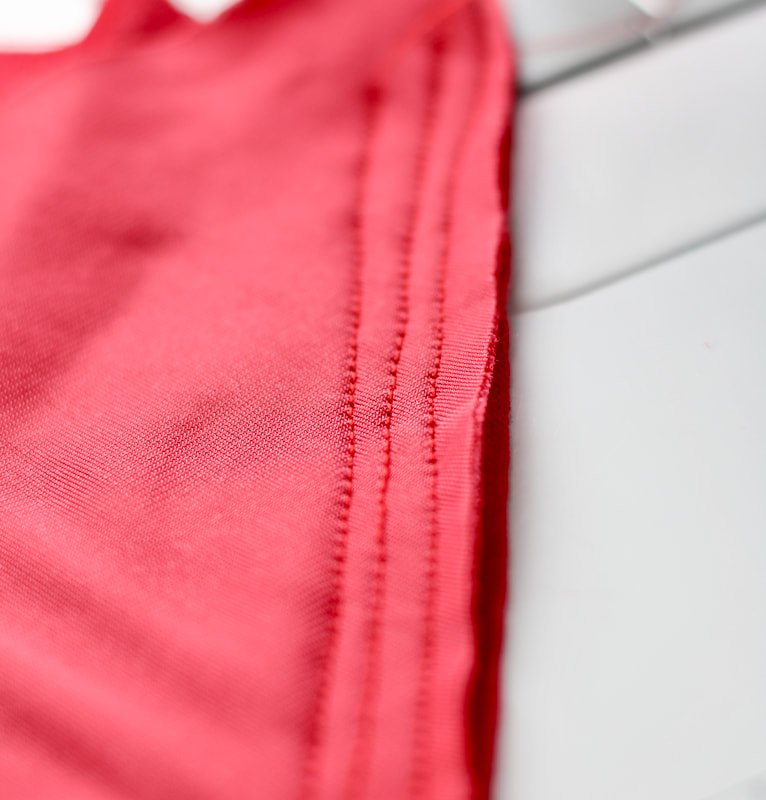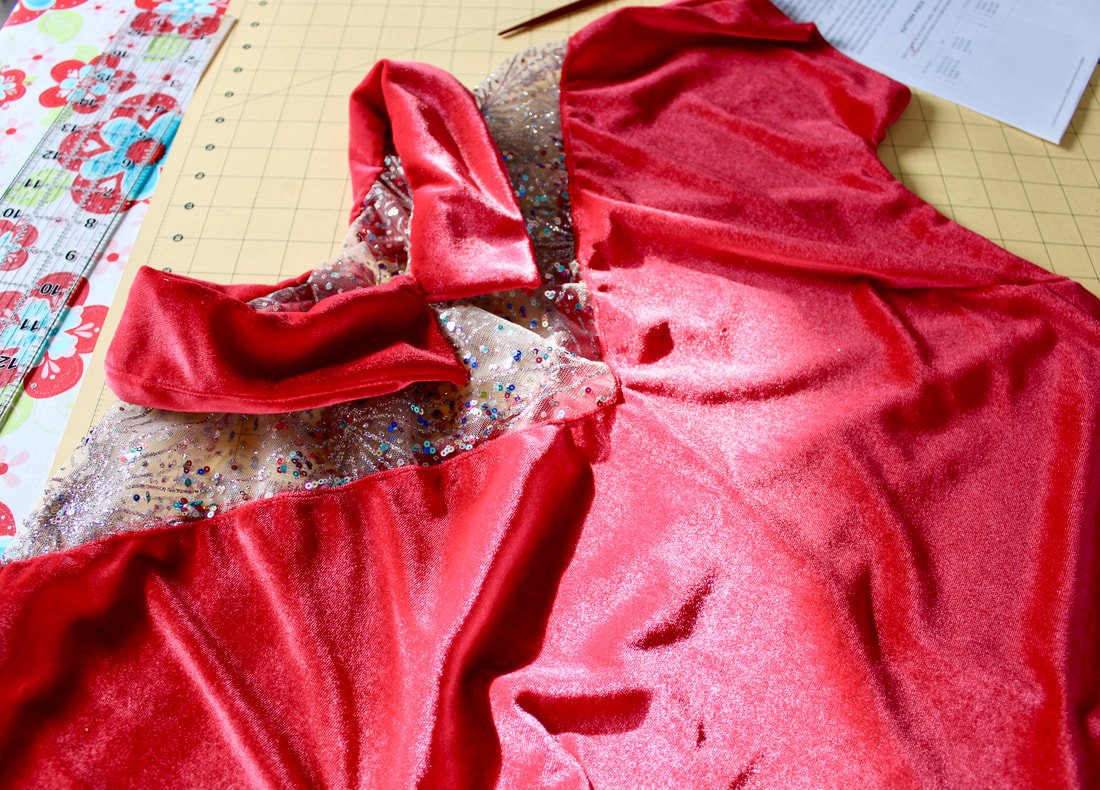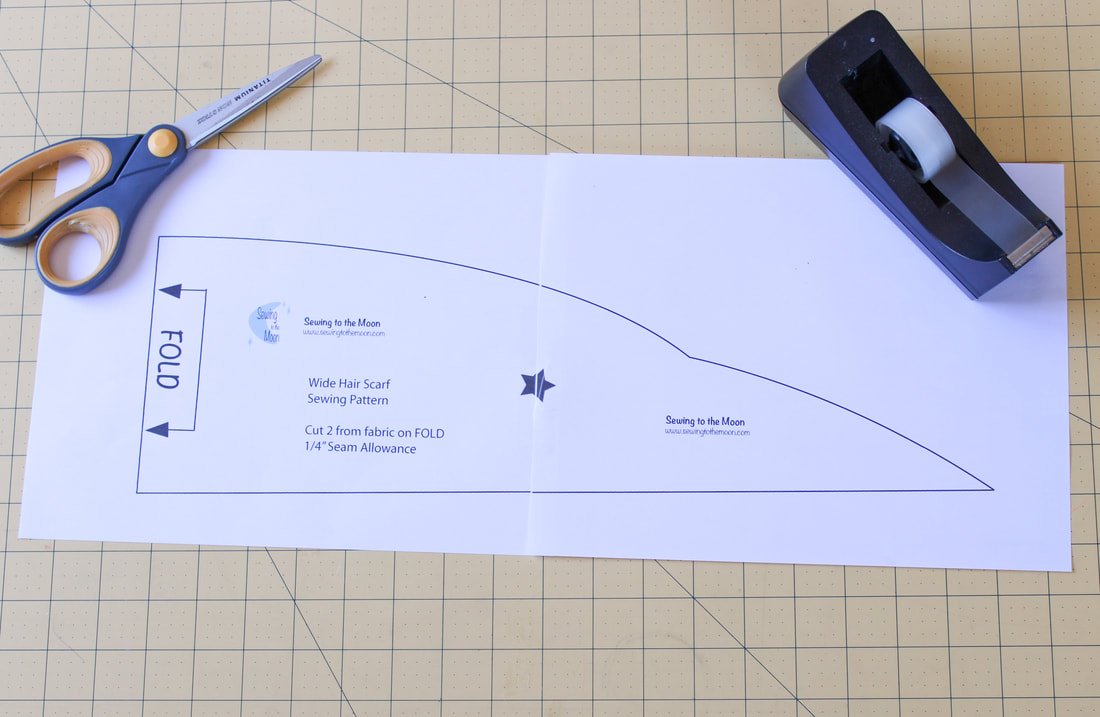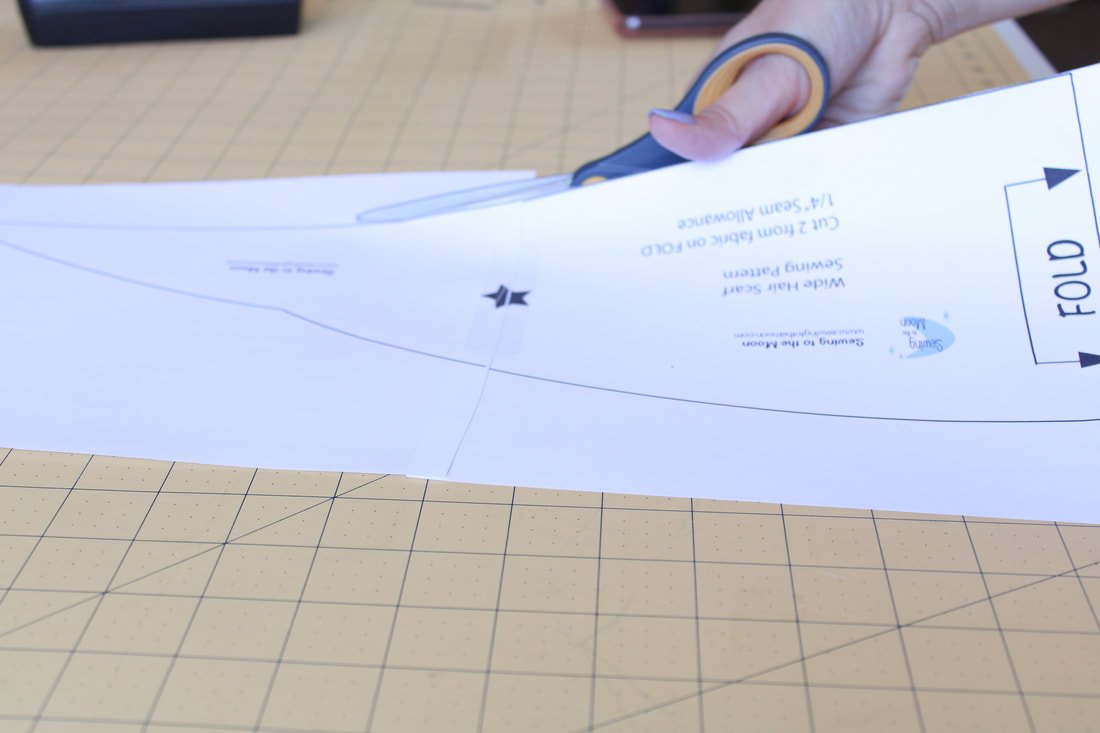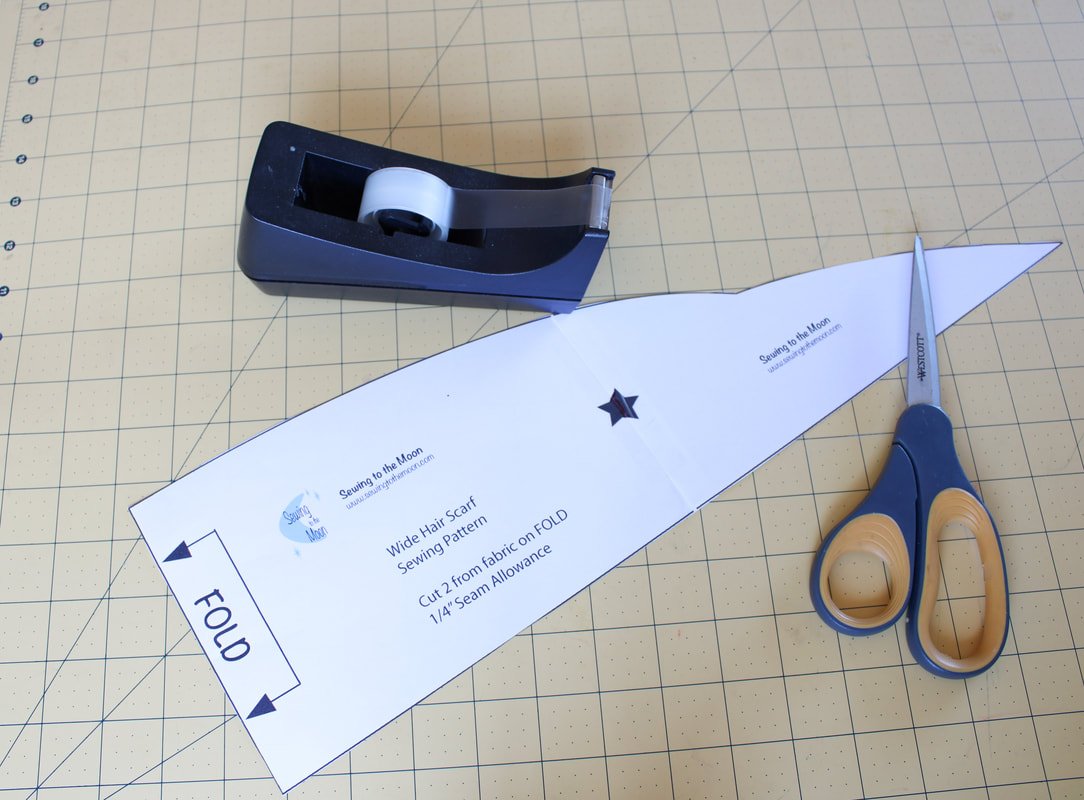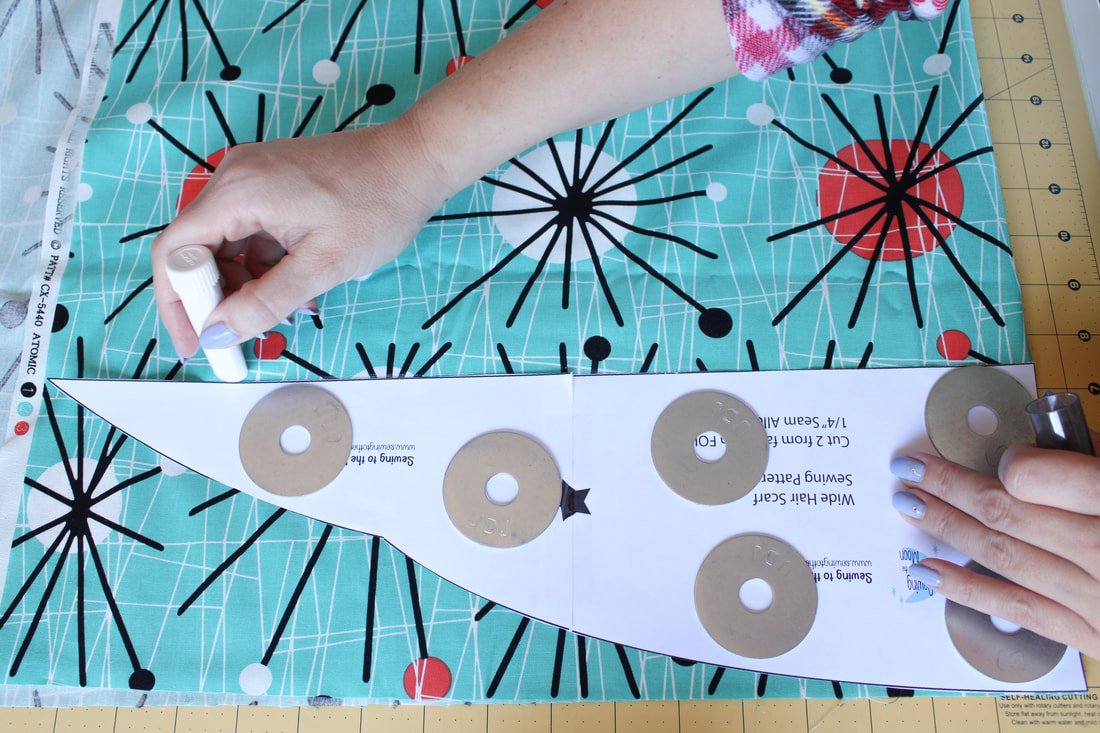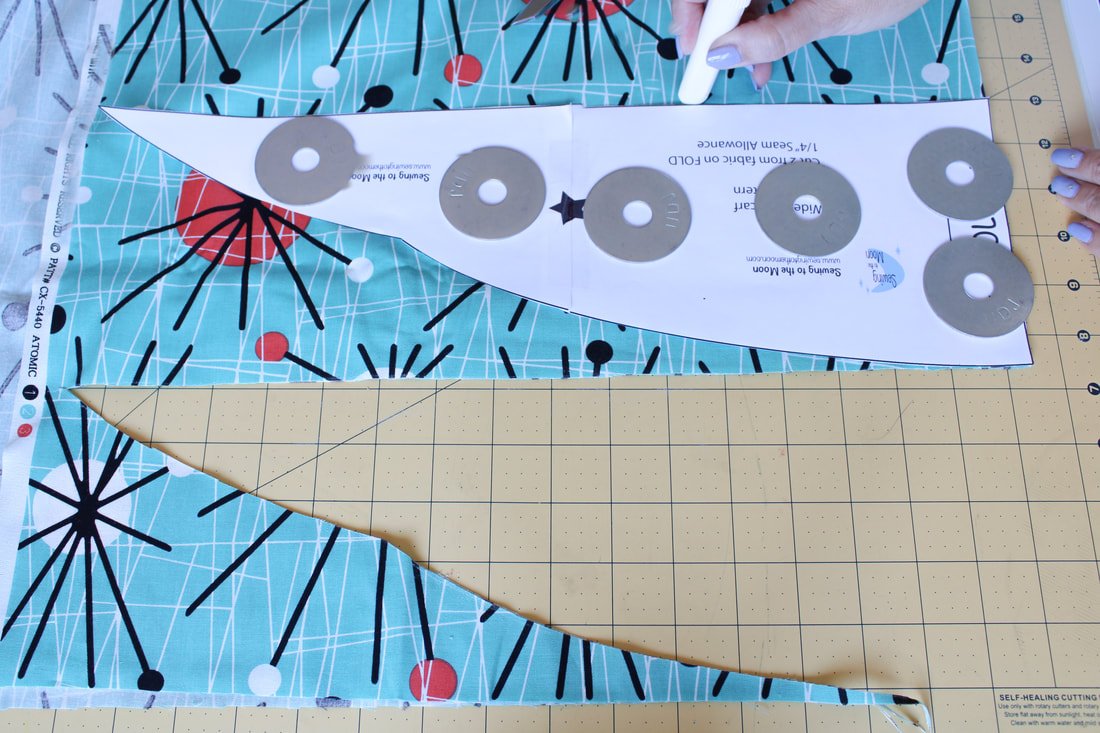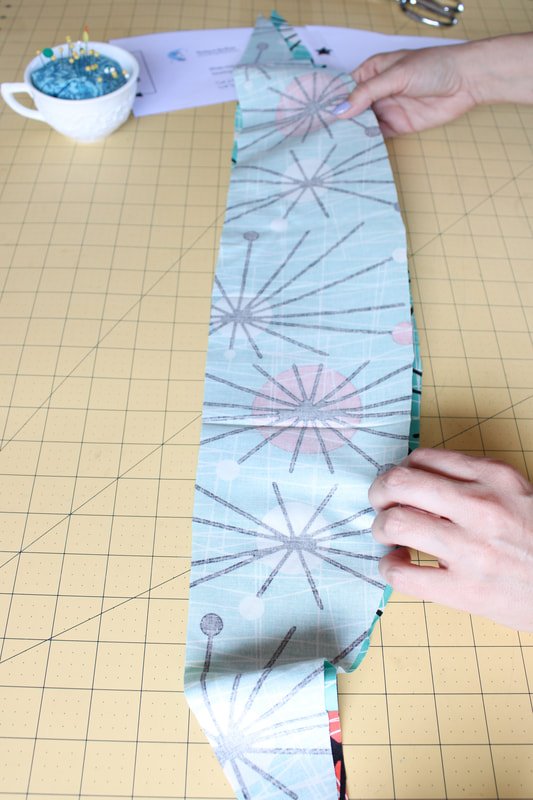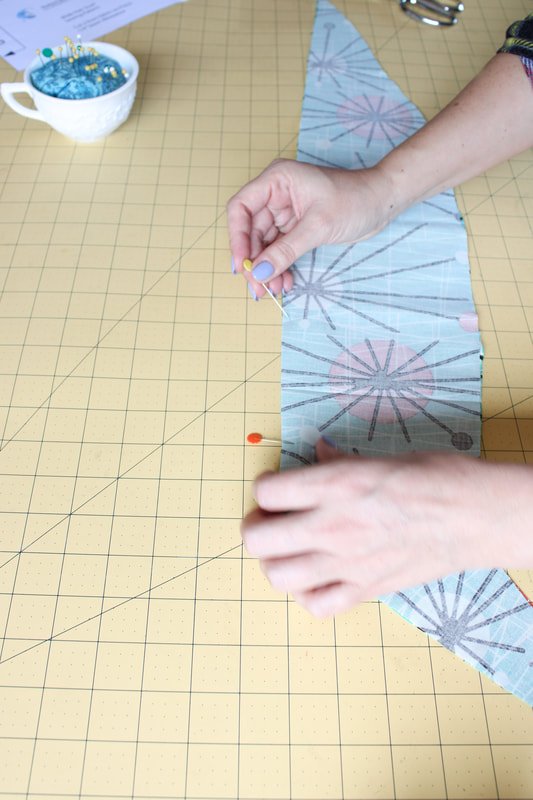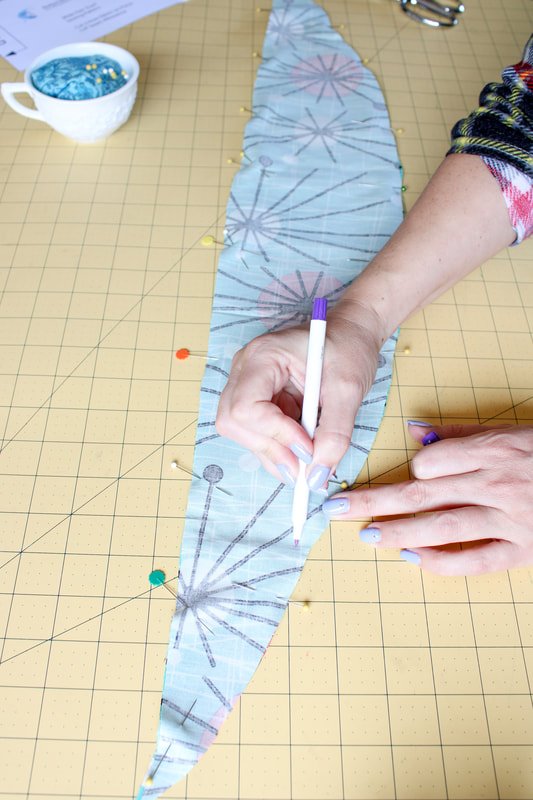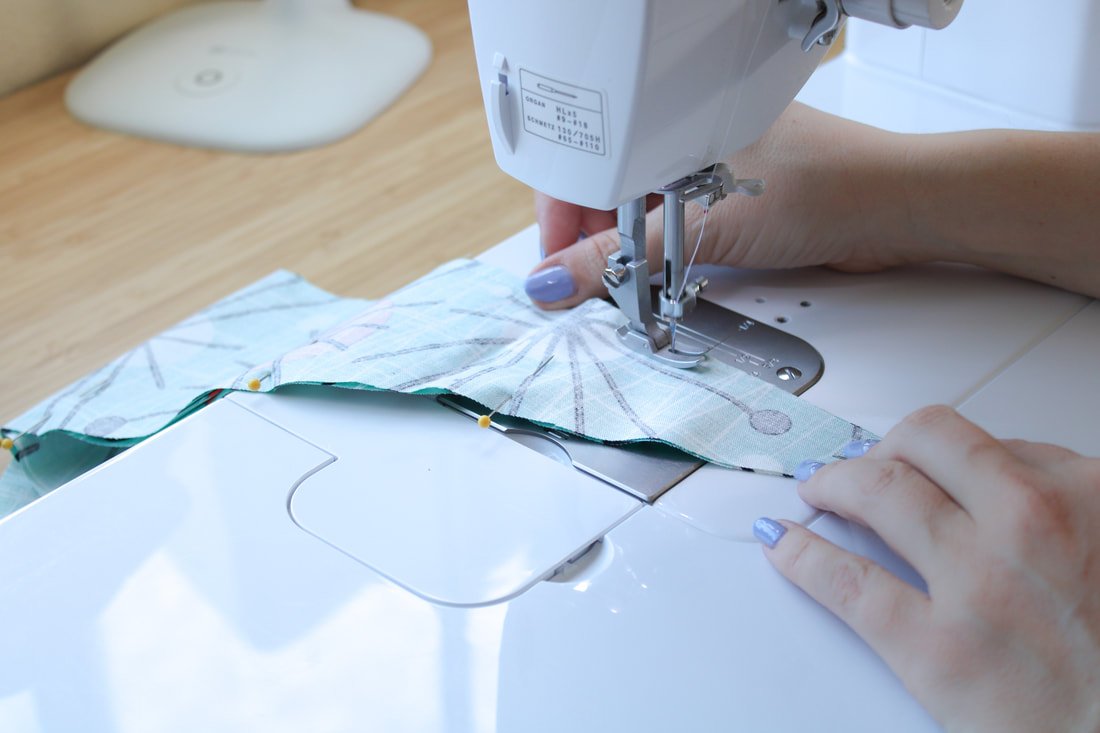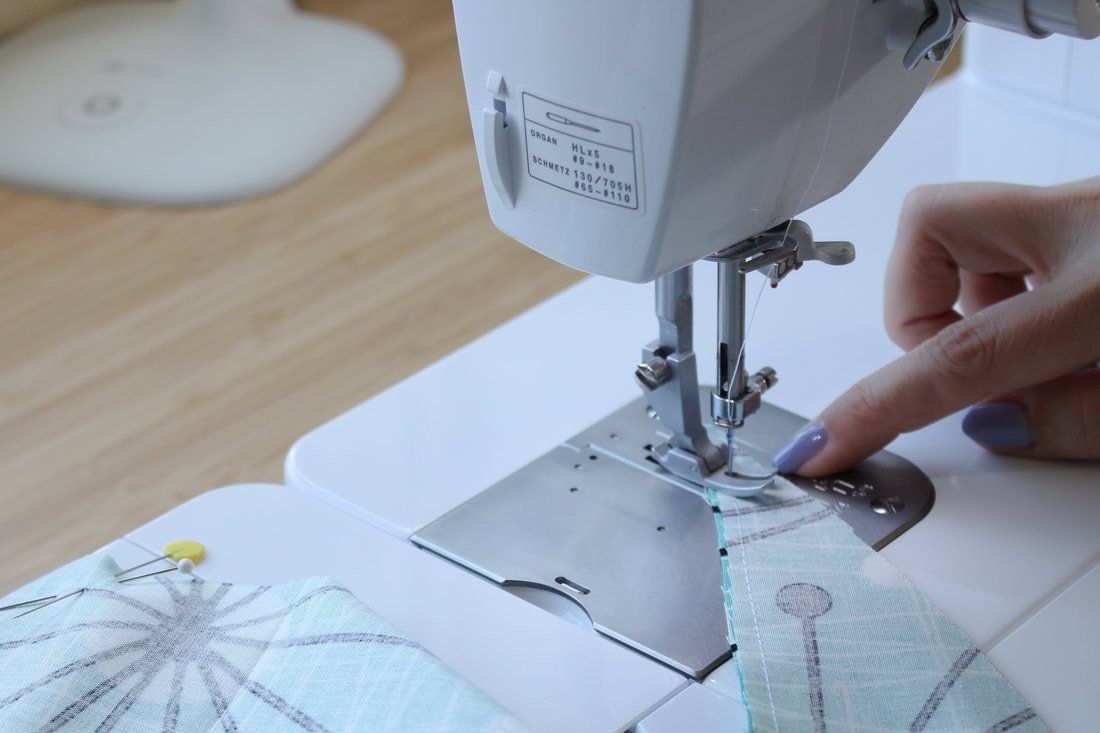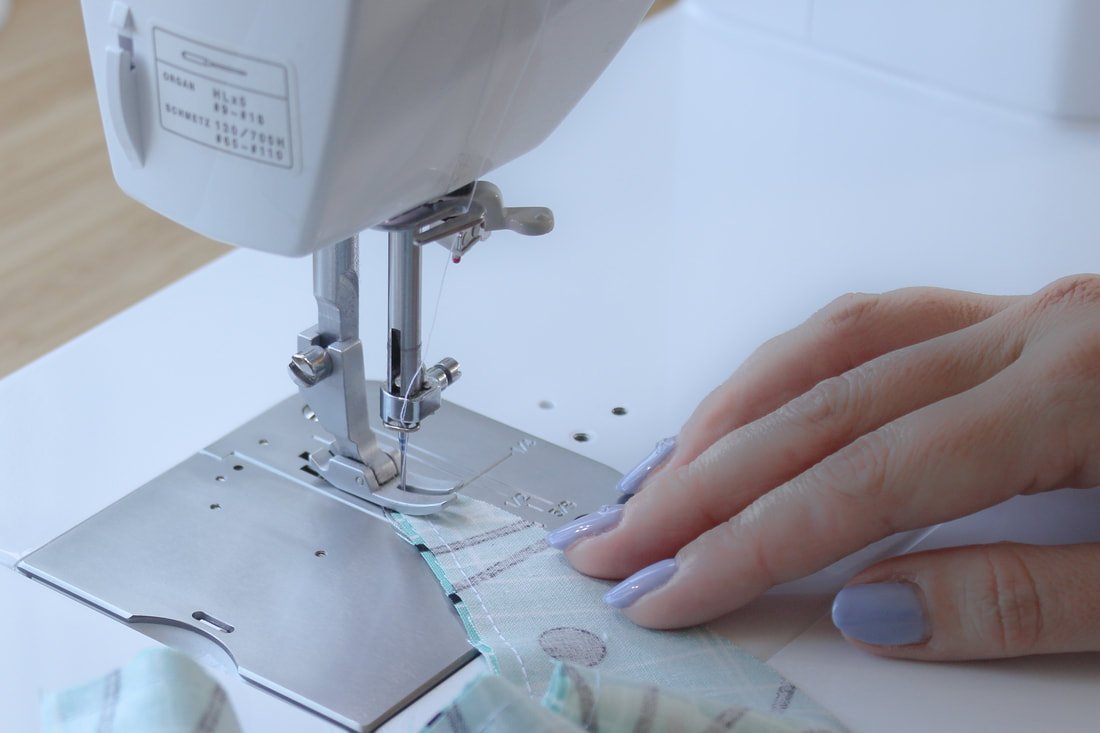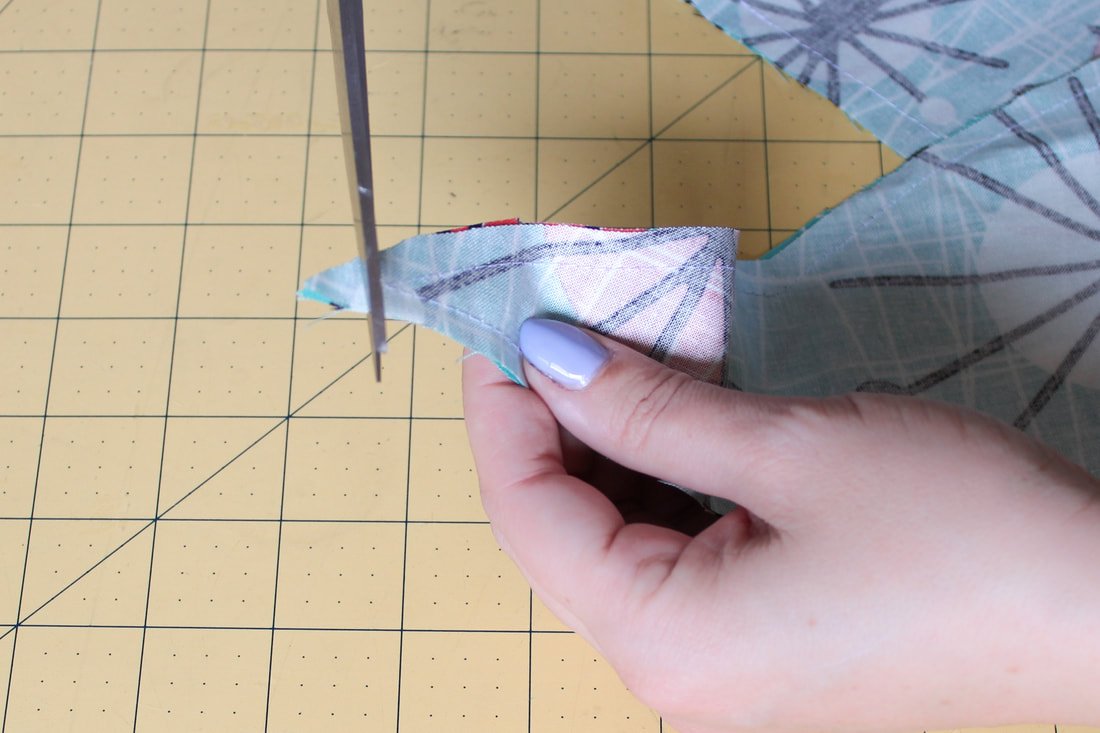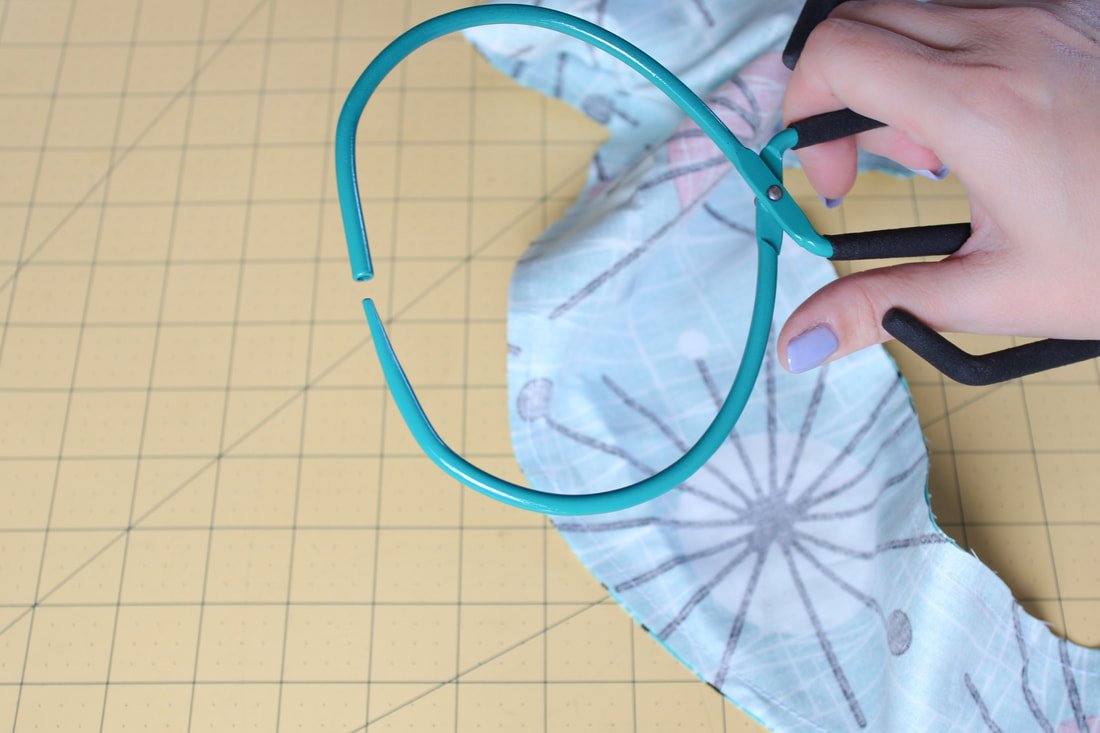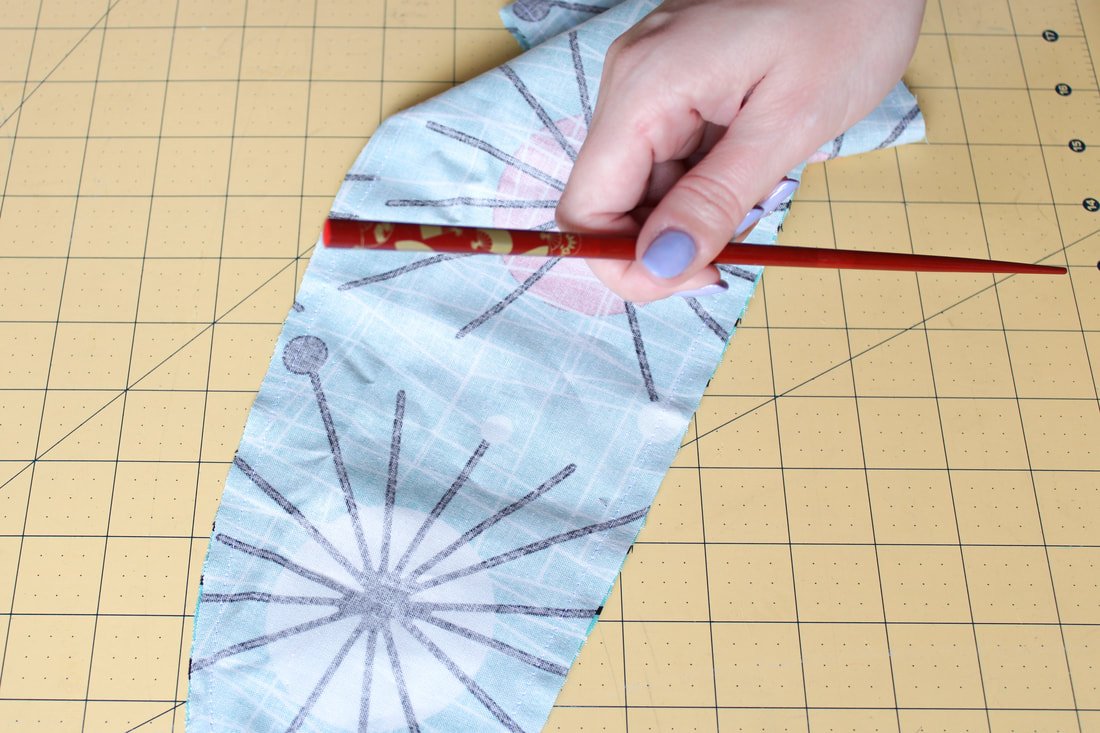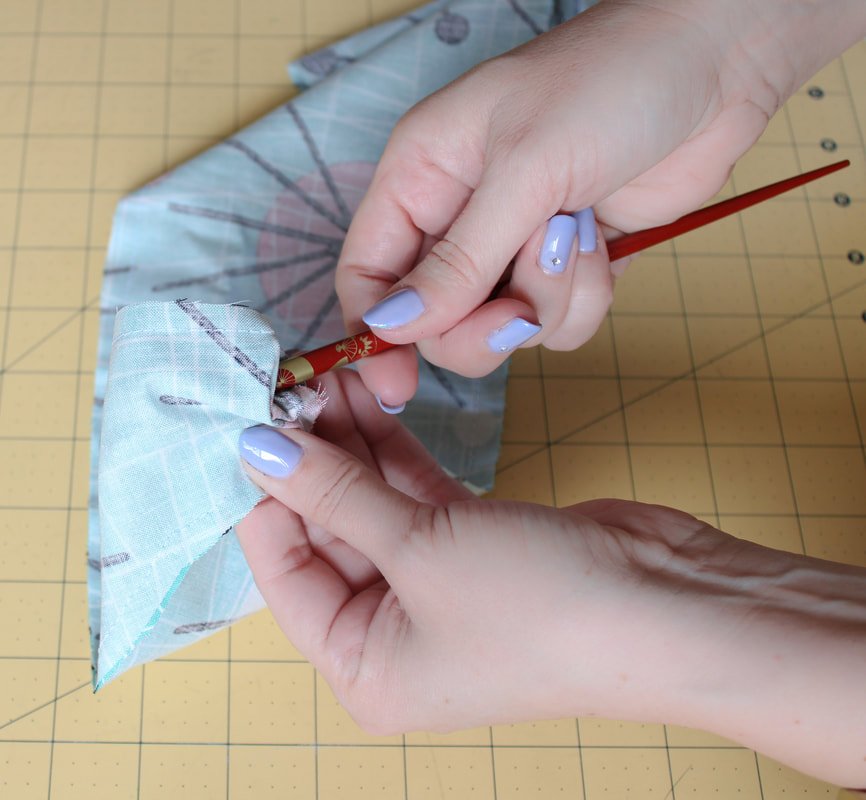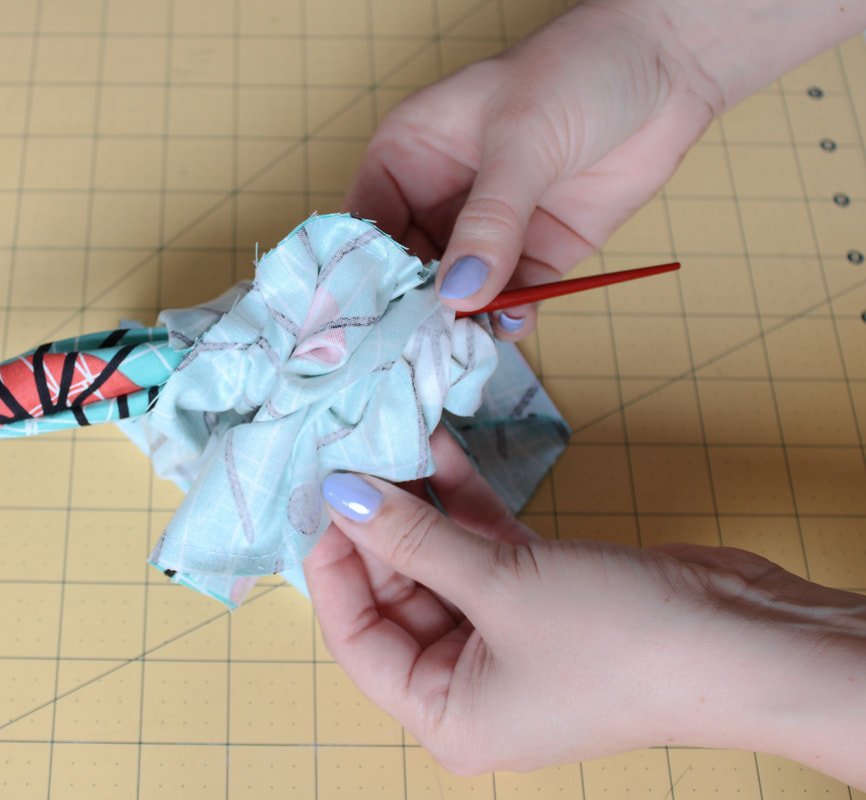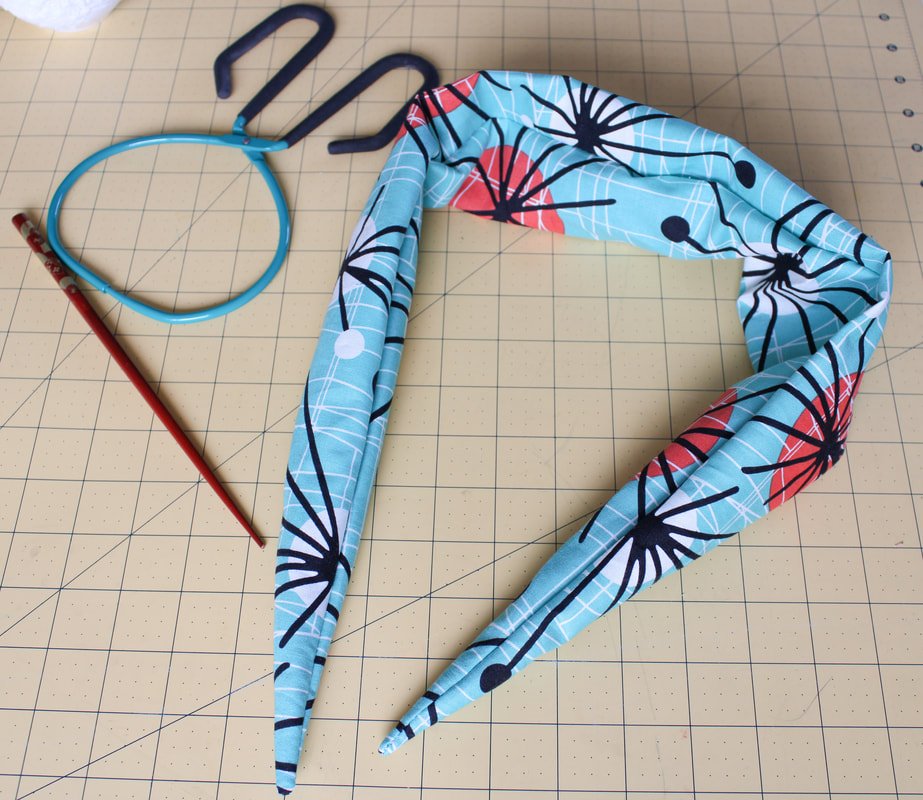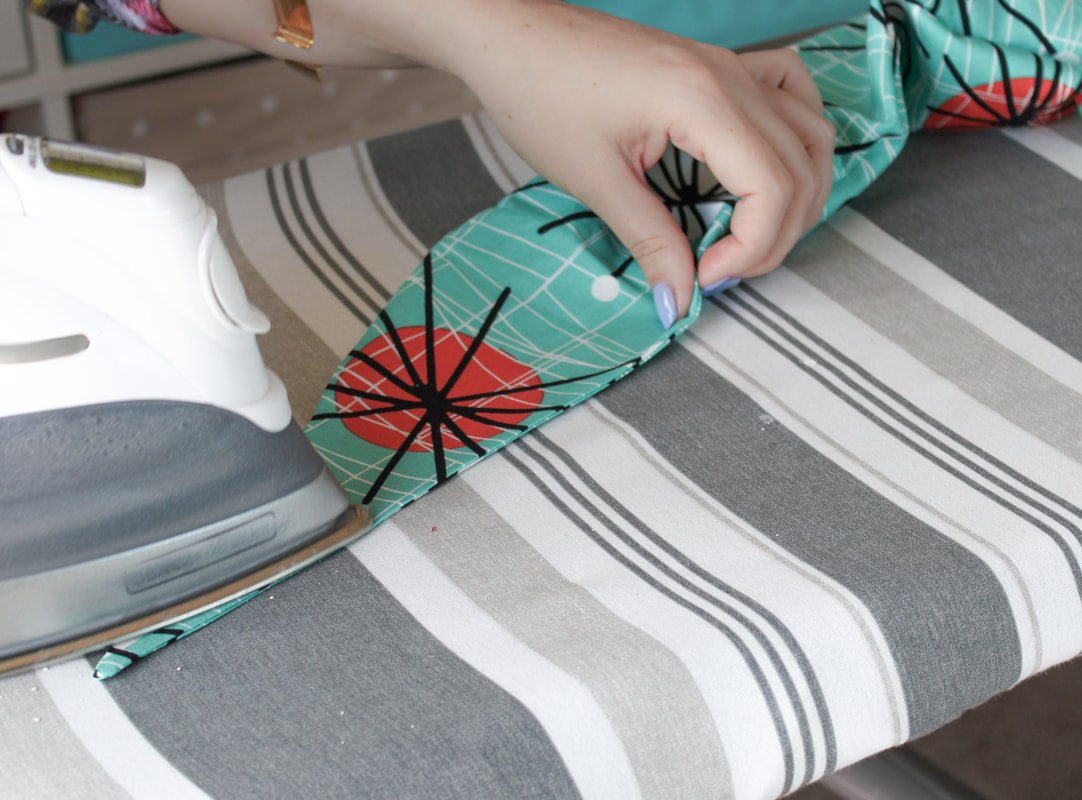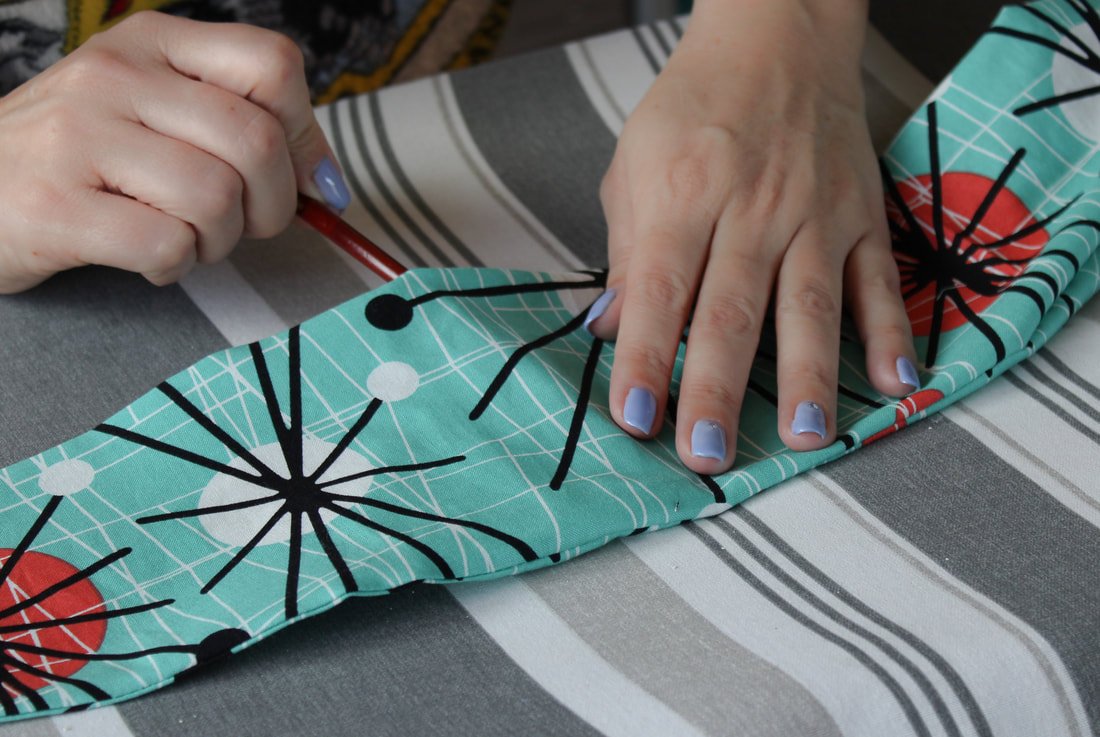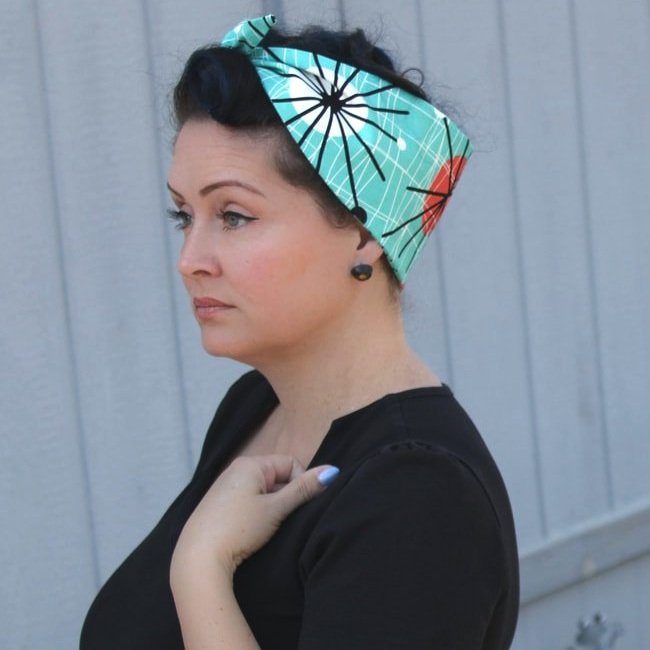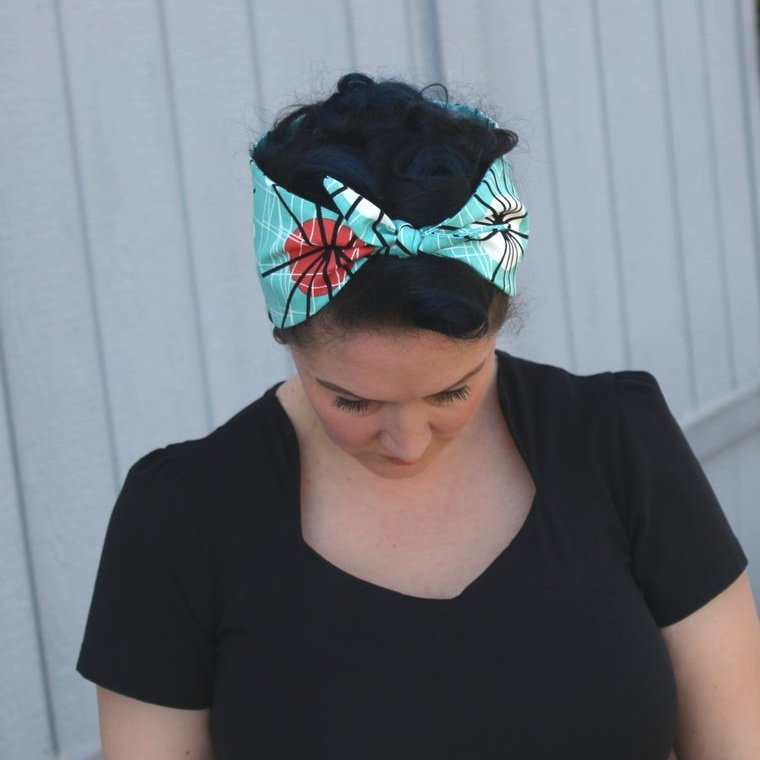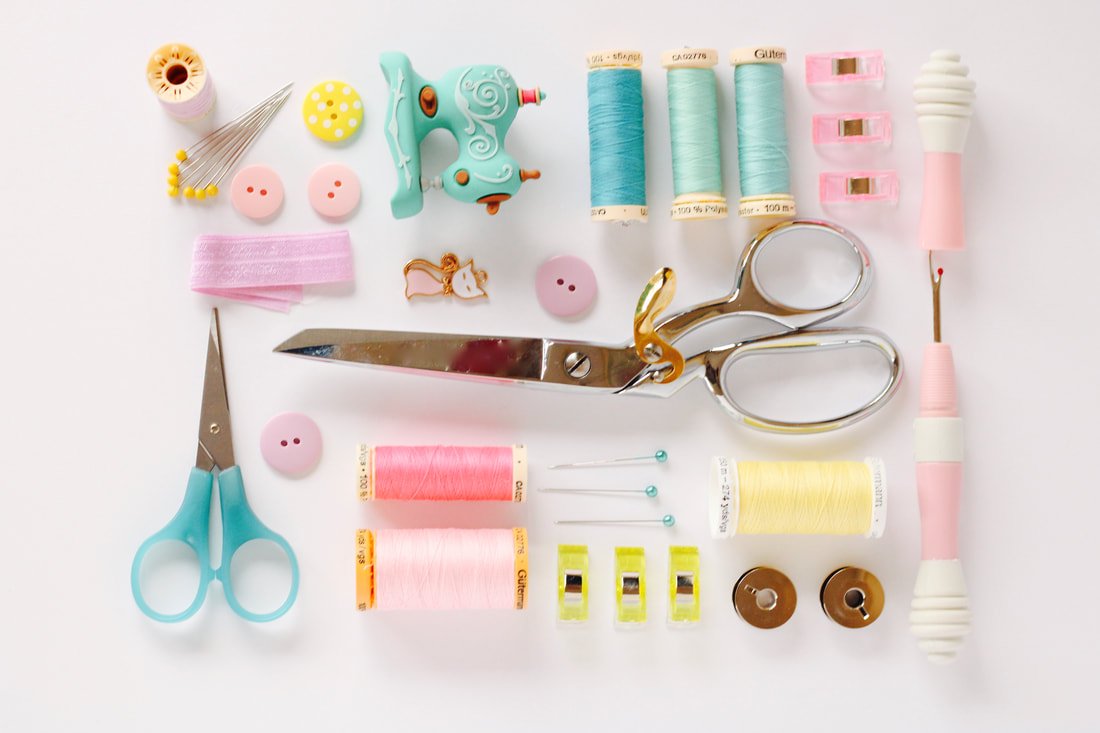
Pattern Reviews, Sewing Hacks, Tips & Free Patterns
Sewing Blog Besties
Simplicity 1587 1940s Vintage-Style Dress
I love my newest 1940s dress made with the Simplicity 1587 pattern and fabric from JoAnn. It has an authentic feel and style to it.
Howdy doodily! It’s been some time since I last wrote a blog post. I do have an excuse though, I had to switch platforms from one host to another and that was soul-sucking in itself. Then, I decided to update each and every blog post. Why!? Why would someone do that? Annnd, after that was all said and done, I enrolled in another photography class at the local college- which was brain cell killing as well. Oh, and to top it all off, I thought it was a good idea to open up a photography business. Yep, I’m officially a photographer now. I do portraits. I’m not your typical portrait photographer though. I create photos with magic and whimsy in them. If you’re in Southern California (or Monterey County, where I often travel) and are interested in photos, or know someone who might be, I invite you to check out my site. Whew! It’s been a huge whirlwind but, I’m finally hopping back into the sewing life. So, here we go!
Let’s start with a dress I made 1.5 years ago. I needed a dress for a friend’s wedding in San Diego. I wanted something with a 1940s feel to it. I had a pattern and bought two different fabrics. I loved the pattern so much, that I wanted to make two dresses. Spoiler alert: I didn’t end up making my first pattern choice.
Cue the Rabbit hole of sewing. And, patterns. And, muslins.
The First Dress
This dress was made in a short amount of time so, I didn’t photograph the whole process. This blog post is more of a “this is my dress I made” rather than a tutorial on how to make the dress.
I started with a Sew Over It dress pattern I had in my stash for years. Years, I tell you. I made a muslin and did a FBA and it didn’t fit. I thought I did something wrong, and made a whole new FBA and muslin. Nope, it still didn’t fit right. Something was way off. I went to the trusty ole Youtube and Google machine and found that most sewists had a similar issue. It fit funky. So, I went back to the drawing board and pattern rabbit hole.
The Final Dress
I discovered the Simplicity pattern and snagged one in my size range at ye olde JoAnn. I made a quick bodice muslin and it fit! So, I whipped the dress up in less than 24 hours. Ha! I told you I needed it for a wedding. This is the first garment I’ve ever sewn in a short time frame. I finished it minutes before leaving for the wedding.
The only issue I had was the yoke. Yokes can be finicky sometimes and this was no exception. I sewed it and ripped it out a few times. In the end, I didn’t care about the puckers anymore. Shhh, don’t tell the sewing Gods.
It has an easy pleated neck tie, gathered sleeves, a drop waist, and is comfy. It’s not the most flattering or form fit, however, it does look like a true 1930-1940s vintage style dress. I paired it with some 1940s-style booties from Payless Shoes Source, RIP. Looking back, I wish I had worn some different shoes. But, San Diego along with all of southern California was getting dumped on by all the rain in the world that weekend, so boots were worn out of necessity. Puddles and ballet flats don’t pair well.
Ignore my 2 different shoes. I was deciding which one to wear and forgot to change before taking some photos.
Awkward pose and view of the cute necktie.
Look at the easy gathered sleeve. You make this with a small piece of elastic.
The cute peephole button in the back. I love this dress! The button is a burgundy covered button I had in my button jar.
Hope you give this dress pattern a try if you’re searching for an authentic 40s-style dress. It is easy to sew and fits well.
No, I never did make the second dress with my other fabric (both were purchased from JoAnn). Maybe that’ll be next up on the sewing table, right after I finish a new purse, more flared shorts, and wide-leg trousers. Ha!
Please share in the comments your favorite 1940s dress pattern. I’m always on the lookout for new ones.
Thanks for popping by,
Annette
Simplicity 8654 Vintage-Style Shorts
Sew the cutest pair of vintage style shorts with Simplicity pattern 8654. It’s a great pattern with an authentic vintage feel and fit. Uses a lapped zipper, one button, and has a pocket.
Summer is here, and do you know what that means? It's time to tackle your warm-weather vintage sewing patterns. The weather has been cooler lately, but shorts are still a necessity. The Simplicity vintage-style pattern 8654 is a perfect summer sewing pattern. It has swooshy shorts, a cute top, and a fun skirt. I chose to sew the shorts. I have a pair of RTW shorts that are similar, but no longer fit. So, I decided to make my own. The shorts have minimal pattern pieces (4) and take about 2 yards of fabric, more or less depending on your size. Let's get started!
Cut + Trace
Find your size on the pattern. The style is very forgiving in the hips, so I went with my waist measurement only.
Cut the pattern or trace it onto paper. Transfer all your markings. This is especially important for the pleats.
Cut out the fabric pieces and interface your waistband.
Sew, sew, sew!
Match the front pieces together. Pin and sew along the curve.
Sew the inseam curve.
Fold the pleats, matching the marked lines, and sew. Do this with both of the front pieces. Then, repeat the same steps for the back pieces. The pattern instructions were fairly easy for these shorts. No issues to write home (or you) about.
Mark and sew your pleats. The marking is the most important part.
Topstitch the pleats in place.
Your pleats should look like the ones above. Topstitch after you sew them to keep them secure.
Flip over the shorts, and there will be two rows of stitching, like the photo below. So far, pretty easy, right?
After top stitching, you will have 2 rows of stitching. the inside will look like this.
Grab your two pocket pieces. Sew along the edges on a front piece and again on a back piece. This pattern only has one pocket because of the side zipper. If you're feeling brave, you could easily add a second side pocket and insert the zipper in the back seam instead.
Sewing is all about customization. :D
I didn't love how they had you sew the pocket. But, note to self, next time sew it up how I would regularly sew an inseam pocket.
Zipper time! This pattern calls for a lapped zipper, which is a true vintage-style zipper. I am somewhat new to the lapped zipper, as I've only been sewing them for 2 or so years. I'm a huge fan! They take minimal effort and go in pretty easily, with a few tips and tricks.
I use a strip of 1" interfacing for all of my zippers. It helps stiffen up the fabric, and the zipper looks nicer after it is sewn in.
Press the right side under 1/2". Pin the fabric right next to the zipper teeth. Sew, using a zipper foot.
Then, press the left side under 5/8". I close the zipper and pin the fabric to the zipper tape. Be sure to barely cover the right side stitches. Unzip, then sew.
Topstitch the lapped zipper. These are so nice to sew and look nice too.
Time for some waistband action. I sewed a straight size 18 for the shorts and used the size 18 waistband pattern piece, but the waistband was too short. So, I added an extra piece of fabric to ensure the waist band was long enough. I've noticed with a lot of patterns that the waistband always falls short of the skirt, shorts, or pants. ?? Maybe I'm broken, but does this happen to you?
It was an easy fix, luckily. Just make a note of it when you make these shorts.
Pin and sew the waistband to the shorts, making sure to match notches and seams.
Had to add extra fabric to the waistband. Nobody will notice.
After sewing the waistband to the shorts, flip the raw edge over to enclose the raw edges of the shorts. The band will enclose them.
Pin from the outside, right along the seam line, catching the inner fold with the pins. This is my most favorite way of sewing a waistband. It goes quickly and has a clean finish.
Fold over edge, pin, then sew.
Time to hem your new shorts. You can turn the raw edge under 1/4" and then under again, as the pattern instructions say. Or, serge the raw edge, and turn under once, and sew. I prefer to do it this way most of the time. It is quick and easy, and is great for pants or shorts.
Hem the shorts. Turn under and under again. I serged the edge.
Add a label in the back of the shorts. The front looks very similar to the back, so this little addition helps when it's time to get dressed. If you don't have labels, add a fun piece of grosgrain ribbon.
Add a cute label.
Don't forget to add your buttonhole and button. I opted for a fun contrasting pink one. I love my colorful coral zipper too. It mostly matches. Ha!
End Thoughts
The shorts fit great! I went down a size in my waist because I know the big 4 patterns usually add a lot of ease. My waist is 33-34", and I sewed the size that had a 32" waist. They fit perfectly and have a little wiggle room. The fabric I used is a rayon challis. In my experience, rayon shrinks over time with the first few washings. If it shrinks, I'm good. If not, I'm good. Either way, I'm happy with the size I chose.
The fabric is a Gertie designed fabric she used to have at Joann stores. It's almost a decade old. I made my first Rita Blouse with it. The leftover fabric was from the yardage I bought all that time ago.
Funny enough, I did not have a top that matched my new shorts. Yes, I have black tops, but I wanted some color. I made a solid bright pink Rita to wear with them. I know, bizarre for me to sew solid fabrics. Because the shorts were so busy, I wanted some simplicity on top.
Next time I make these shorts, I'm going to play with the pleats. I think I'll fold the fabric differently to give them a different look. Maybe a large box pleat?
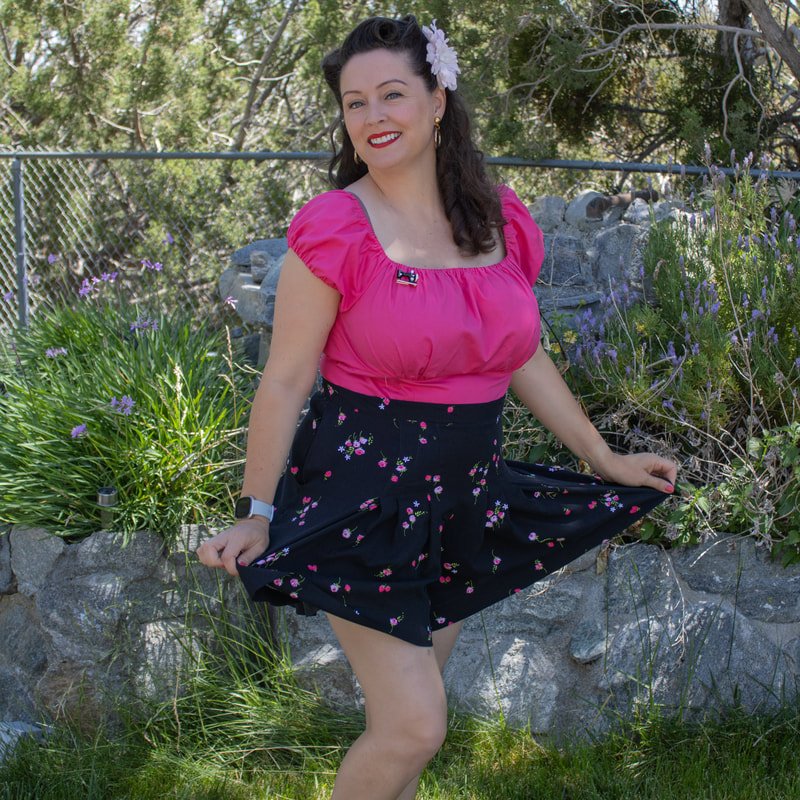
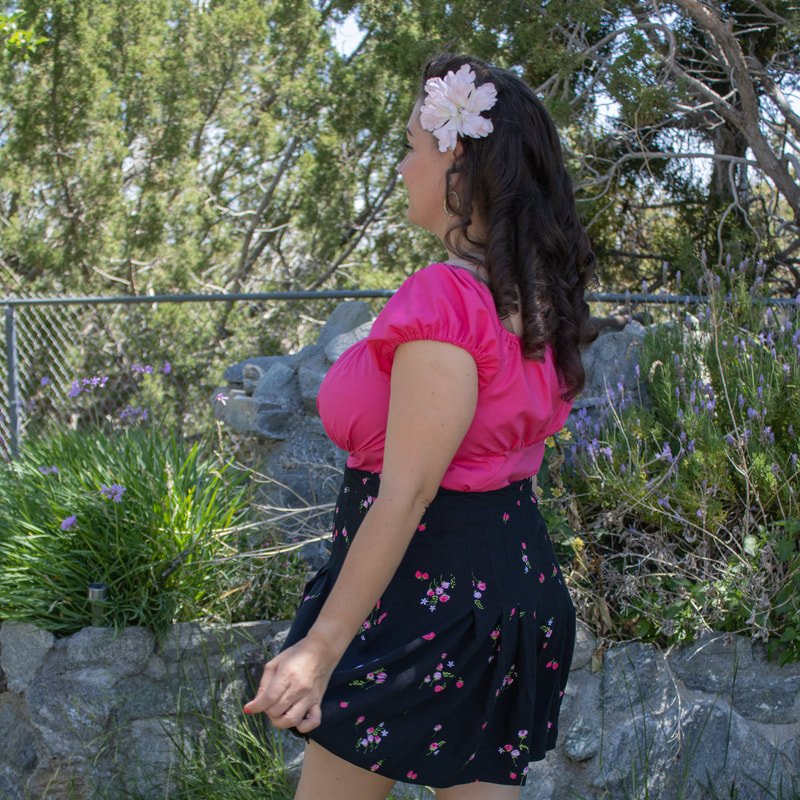
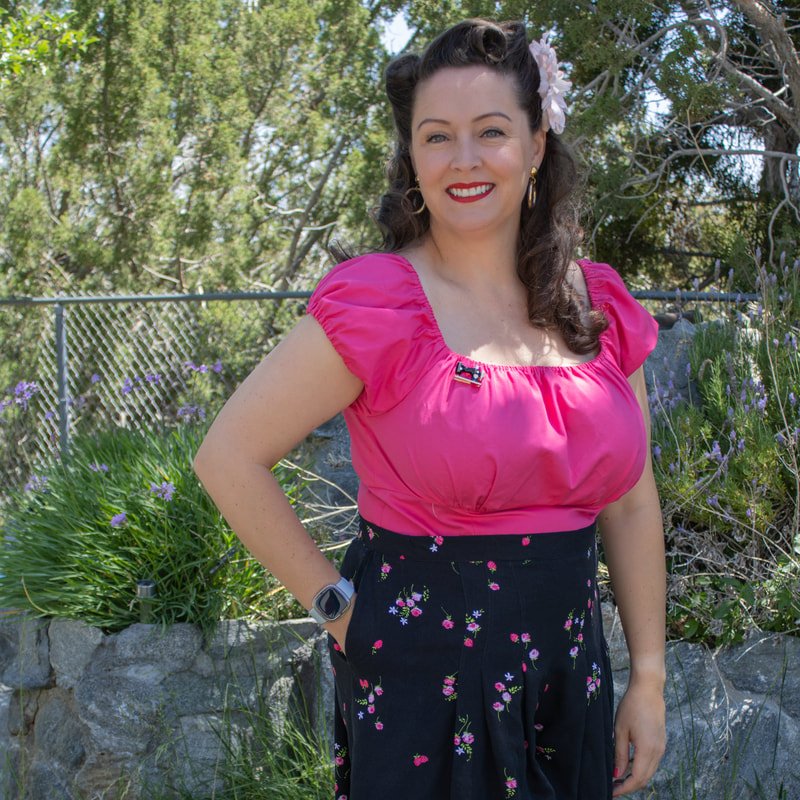
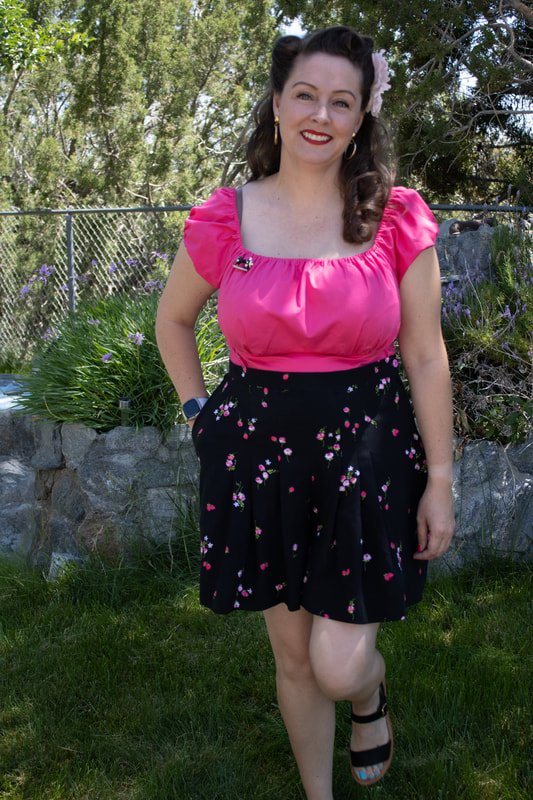
Thanks for following along. Now, go grab the pattern and get started on your summer sewing.
Are you excited to make these shorts? Have you made them before? Would you make them again?
Happy stitching,
Annette
Gardner Top by Gertie
Sew the GArdner top by Gertie at Charm Patterns. It’s one of her Patreon exclusives and it’s a beautiful top. It uses knit fabric, sheer fabric, and a single button. It’s easy and could be for an adventurous beginner. It is casual yet elegant.
The holidays call for fancy fabrics and sequins. Don't you agree? There's just something fun about wearing sparkle during the festive month of December, isn't there? Add soft velvet and, I'm in! If sewing velvet scares you, read this post. I share my sewing machine and tips for tackling tricky fabric.
These Gardner tops fulfilled my fancy holiday fabric needs. The fabric was originally for vintage-style turbans. I've wanted to make velvet ones for quite some time. I only had 1 yard of each and was lucky that the one yard worked out. Whew! I changed direction at some point and decided to make Gardner tops instead. The matching sequin fabric went with the red one, and the sheer floral went with the green one.
As usual, I don't go into depth with Gertie's Patreon patterns because I value her as a creator. However, I like to share tips and photos that show you my process along the way. If you're interested in this pattern, join her Patreon membership. She shares new patterns each month and so much more!
I made one Gardner top following the exact directions and another collar-hacked version. This post is full of photos. Let's go!
Red Gardner Top (Original Pattern Version)
Red Garner Top
Start your top by tracing the darts onto the front. I prefer old-school wax paper and a tracing wheel system for this part.
Staystitch the front and back necklines. Sewing from the shoulder towards the center prevents the neckline from stretching out. Never skip this step.
After you sew up the darts, cut them open. If sewing your top with velvet, don't press the seam open.
Cut dart open.
The sheer fabric is full of glitter, sequins, and all the sparkles. Perfect for holiday festivities.
Yay, no puckers!
If you go slow while sewing and make sure your seams are clipped, you shouldn't get any puckers in the V-shaped front. If you do get puckers, unpick that section and re-sew.
Sew up the back sheer keyhole area. Use thread that blends in with your fabric or skin tone.
Attaching the back sheer piece onto the back bodice went smoothly. It felt easier to sew than the front. But, follow the same process.
Wah-la! I love how the sequin fabric looks with this red velvet. So festive and fun. Don't you agree?
Make sure you top stitch to keep all the layers flattened on the front and back.
The Collar
The collar was easy to sew, but it was tricky with velvet. I used sew-in interfacing that worked nicely. It went in smoothly, but I had a hiccup when I made the green top. You'll see below how I went in another direction with it.
I did a few hand stitches to keep the collar together. All in all, it worked, but I wouldn’t want to sew another velvet collar in the future.
The sleeves and hem were easy to finish. I love this pattern and see many more Gardner Tops in my future.
All that's left is to sew on the hook and eye at the keyhole.
I love the fit. I could have gone down a size, but I didn't want it to be too tight. This was a wearable muslin, and you never know until you make it. I love it despite the semi-itchy sequin fabric. Haha
I wore the red one to ring in the New Year. It had just enough sparkle to make me me feel festive.
Green Velvet Top (Hacked Collar Version)
I didn't intend this Gardner top to be different, but I tried to fuse interfacing strips on the collar, and it didn't work in the end. So, after ripping out the collar, I ended up with a collar band and button. I wanted to show up in case you had a collar issue or just wanted to do a collar band instead.
I traced both tops with my favorite chalk pen by Clover.
Cut both tops with my rotary cutter and mat. This keeps the velvet from stretching out.
Green Velvet Gardner
I only had 1/2 yard of the sheer fabric, so I had to change the direction of the print to fit this top. The front has the vines running horizontally while the back is going vertically. Nobody will notice unless I point it out. I wanted to show you just in case you run into this issue, too. ;)
Collar Band Hack
I shared on Instagram my collar flub but didn't take any photos with my camera. So, instead, you're only seeing the band option.
I measured around the collar opening and cut a strip that same length plus 1" by 3" wide.
I folded the raw short edge under, pinned the long raw edge to the sheer fabric, and sewed with a 1/4" seam allowance.
Fold the other long edge over and under, then pin and stitch on top. Stitch from one end to the next, making sure to close up the folded side. I stuck a small hair elastic in one end, for the button loop.
Hem the sleeves and bottom hem using a zigzag stitch after turning up once.
I picked the sparkliest button I had in my big button jar. I wish it was gold but, it works well enough.
What do you think? Do you like the original collar version or the hacked band version better?
I can't decide if I love the sparkles and red velvet or the florals and green velvet better. They're both so beautiful and fun!
Don't you just love this top? My favorite part is how the sheer sits on the shoulder. It's flawless and so feminine. It's also fancy and comfy to wear. I love how quickly the band came together, where as the collar took a little more time. But, I do love both versions.
Thanks for hanging with me today. Go join her Pattern and get this beautiful pattern along with tons of others.
Happy sewing and happier pattern hacking,
Annette
How to Sew Velvet Fabric
How to sew velvet fabric using the Brother PQ1500SL sewing machine. A pin feed system is the best method to sew velvet fabric. Follow this tutorial on how to set up the machine and sew. A pin feed system isn’t hard or scary. It will help walk the delicate fabric through the feed dogs easily.
Have you always wanted to sew velvet but have been too nervous that you'd ruin the fabric? It's finicky with an iron, let alone a sewing machine right? Wrong. It's easier than you think to sew with. Imagine velvet capes, dresses, and pants!
In the past, velvet has always been a Halloween costume staple around this house. The serger would do all the work for those themed capes and dresses. However, this year, I wanted to dip my toe into something more, dare I say, scary!?
Gertie rolled out her Gardner top on her Patreon, so if you're not a member yet and love vintage fashion sewing, join now! I cannot keep up with all the content and patterns she gives us. No, I'm not sponsored, I just love everything she does for us.
Anywho, back to the Gardner top. The pattern uses knit fabric for the bodice and collar, and sheer or lace for the cutout. I wanted to use some stretch velvet to bump it up a holiday notch. Sequin and velvet scream holiday festivities, so I picked red and green velvet with matching sheer fabrics.
But, before we get into sewing the fabric, let's get your machine set up.
Sewing Machine Tips
These part of my pin feed system. These accessories came with my machine.
I have a Brother PQ1500SL sewing machine. You can read all about it here.
It has a pin feed system that is made for sewing tricky fabrics like velvet. I'm going to show you how to get that set up. If you have a different machine with a pin feed system, refer to your manual to learn how to set yours up.
If you don't have a pin feed system, I suggest reading your manual, as well. But, in a pinch, lower your feed dogs and it might be okay to sew the velvet. I'm just sharing how to do it on my machine because the internet lacked what I was looking for.
See the pin sticking up near the feed dogs? That pin moves the velvet from underneath, similar to how the feed dogs work, but it is more gentle. No velvet will be harmed during sewing.
Use a stretch or sharp needle. This will gently pierce the fabric instead of tearing through it.
Turn the feed dogs to the red position. This lowers them almost fully and engages the pin feed mechanism at the same time.
Raise the presser foot to the red position. This keeps the velvet from being crushed while getting sewn together.
Now that the settings are changed, you have a brand new needle in, and the correct presser foot on, it's time to sew on some scrap fabric.
Grab some scraps of your velvet and practice sewing on them. Sew 2 and 3 layers together using different stitch lengths. I found 2.5mm worked best for my velvet. You might need a longer or shorter stitch length. When I increased the length, my stitches got wonky. Once you get the stitch length sorted out, you should be good to go.
I sewed a few rows just to be sure the stitching was the correct length.
Extra Tips
When cutting velvet, make sure the nap is going down. You can test this by running your hand up and down to find the smooth direction.
Use a rotary cutter when possible to cut out your pattern. You can use sharp scissors, but a rotary cutter and mat make it easy and painless. ;)
Trace and cut with the fuzzy side down. It's easier to mark the back of the fabric with a chalk pen.
Use a walking foot if you don't have a pin-feed foot system. It will keep the fabrics from shifting.
NEVER iron velvet. If the 80s taught us anything, it’s to never iron velvet. Haha
Velvet patterns require sew-in interfacings only. You can't use fusibles.
Your hems need to be zigzag stitched. Velvet has a natural stretch so, you want to avoid using a straight stitch for the hem.
Use a stretch, ballpoint, or microtex needle. I mentioned it above, but, thought it was worth mentioning again.
If you'd like to see the process for my Gardner tops, read that post, here. I finished them just in time for NYE. I wore the red one for New Year's Eve. The green one is perfect for wearing during fall through the chilly spring days.
Good luck sewing all of your upcoming velvet patterns. I hope these tips helped you out and made it look less intimidating.
Happy velveting,
Annette
Trying to decide what to ew next.
Easy Vintage Hair Scarf Sewing Pattern
Sew a quick and easy 1950s rockabilly hair scarf. Vintage style pinup scarf to elevate your style. Beginner-friendly sewing pattern to wear at your next car show.
Do you love the vintage pinup look but, don't know where to start? Grab some peddle pushers, a black fitted top, and this sewing pattern! You're about to get your vintage style on.
This pattern is the straw that broke the camel's back- in a good way. I have quite a few patterns I want to share but, I lack the technical know-how to get them to you. This is the pattern that made me search the interwebs, far and wide on how to create a PDF. And, here it is! Finally, a downloadable pattern that was made just for you!
This wide hair scarf is made for good hair days, bad hair days, and for curly-haired gals too! I see you (I am a curly girl). Toss your hair up in a messy bun, and you'll be cute as a button when you wear this retro-inspired hair-scarf. This isn't a lifesaver but, it's definitely a hair saver.
If this thicker style headband isn't your cup of tea, I have a post on a narrower one, over here. It can be worn with your hair up or down. You can tie it around your neck, or wrist, or use it as a purse accent when tied in a bow. The size is completely customizable too, lengthen or shorten it to your desired size
Okay, let’s get started on the Wide Hair Scarf Pattern.
What You'll Need:
1/2 yard of cotton fabric
Sewing machine
Matching or contrasting thread
Chopstick or other turning tool
A smile, because you're making something cute :)
Let's get sewing!
Download the PDF pattern, print it out (*do not scale or resize), and tape it together. This will now be your pattern piece. Make sure to match up the star points. Cut out the pattern along the lines and set it aside. It will resemble a plague mask at this point. Haha, perfect for the year we've had. ;)
*The pattern will print out on 2 horizontal pages. They are made to overlap a bit to create the pattern. Match the star and you'll be good to go. No scaling or anything is necessary. If you'd like to trim off a thin sliver of paper to match the star up perfectly, you can. That's what I did.
PDF Stuff
You might have to trim a thin slice of paper for the star to fit perfectly.
Cut along the line.
Once its cut, it’ll resemble a plague mask.
Fabric Stuff
Next, wash, dry, and iron your fabric if you haven't already.
What fabric(s) did you choose? Did you go with a solid color or a fun novelty print?
Use pattern weights to hold the pattern down. Trace around, then cut it out.
Grab your scarf pattern piece and lay it on top of your folded fabric. Line up the folded edge of the fabric with the pattern side that says FOLD. You can do this with RST or WST, it won't make a difference for this pattern.
Use pattern weights to hold the piece down, while you trace out the shape. Use an air soluble pen or a chalk pen to trace. Cut along the lines.
Repeat the steps for the other side. You are tracing an outer and inner piece of fabric for your hair scarf. Cut.
You should now have 2 pieces of fabric cut out.
Now take the pieces and place the right sides together. Use pins or clips to hold them together.
Mark a 3" gap where the pattern piece indicates. This area will not be sewn so, you can turn the scarf out afterward.
I took an air soluble pen to mark the pivot point on the scarf. This isn't necessary, but it helped. The pivot point is where the scarf gets narrower.
Time to sew! Use a 2.5 or 3mm stitch length.
Seam allowance is 1/4"
Go slow, this gets tricky at the pointy ends
When you get to the pointy corners, leave the needle down, lift the pressure foot, and turn your fabric. If it's not quite at 1/4" mark, go back and hand crank a stitch or two. Continue sewing all the way around until you come to the 3-inch gap. Backstitch.
Clip your corners.
Time to turn the scarf out. Grab a chopstick or any other turning tool.
If you're using a chopstick or pencil, poke the blunt end into the pointed fabric corner. Slowly pull the fabric down around the chopstick until you can easily push it through to the gap opening. Repeat for the other side.
It should look like the last photo above, once it's turned out! Huzzah! The rest is downhill from here.
Iron time!
Roll the seam out. Using your fingernail seems to help this process. You can also take the chopstick and slide it under the seams while pushing the seam out and open as well. It'll take some finagling, but it's well worth it in the end. This is the hardest part of making this 1950s vintage-style hair scarf.
Back to the sewing machine to topstitch the gap closed.
Topstitch 1/8" from the edge, backstitching at the beginning and end. If you'd like to topstitch around the whole hairscarf, you can.
Clip any loose threads.
Press the scarf again. And, you're done!
Topstitch the opening closed.
Clip those little threads.
Ta-da! It’s finished and ready to be worn.
To wear the scarf:
Place the wide part at the back of your head just covering your hairline. Pull the pointy ends upwards, covering the tops of your ears, and tie in a knot on top of your head.
This is perfect for messy hair days and curly-haired girls too. To make it into a more formal look, pin curls on top of your head, tie this scarf up, and wear it with a pretty dress.
If you're going for a 40s style, you can pair the scarf with wide-legged trousers and a boxy button-up top. This hair scarf is for anyone looking for a quick and easy retro hairstyle!
So, what do you think of the pattern? It was easy, right? Do you plan on making as many as you can for the summer? I wear my hair up most summer days and this thicker style is what I've been yearning for! Easy & cute hair... yes, please!!!
If you make one or ten, please tag me on Instagram. I want to see them aallll! Use the hashtag #sewingtothemoonScarf
Let me know in the comments below if you've made this or plan to. I seriously can't tell you how overly excited this whole process made me. :D
Thanks for all the love and support on social and here! Sewing people are the best people.
Happy sewing,
Annette















